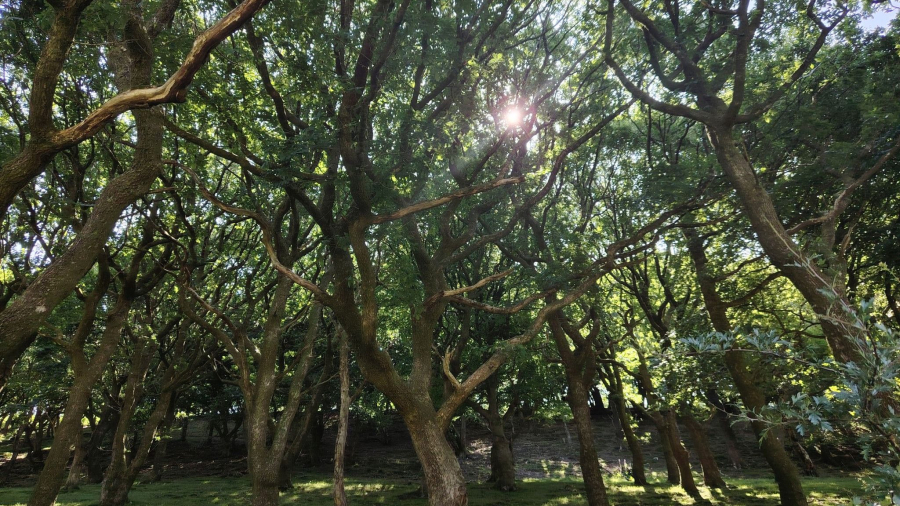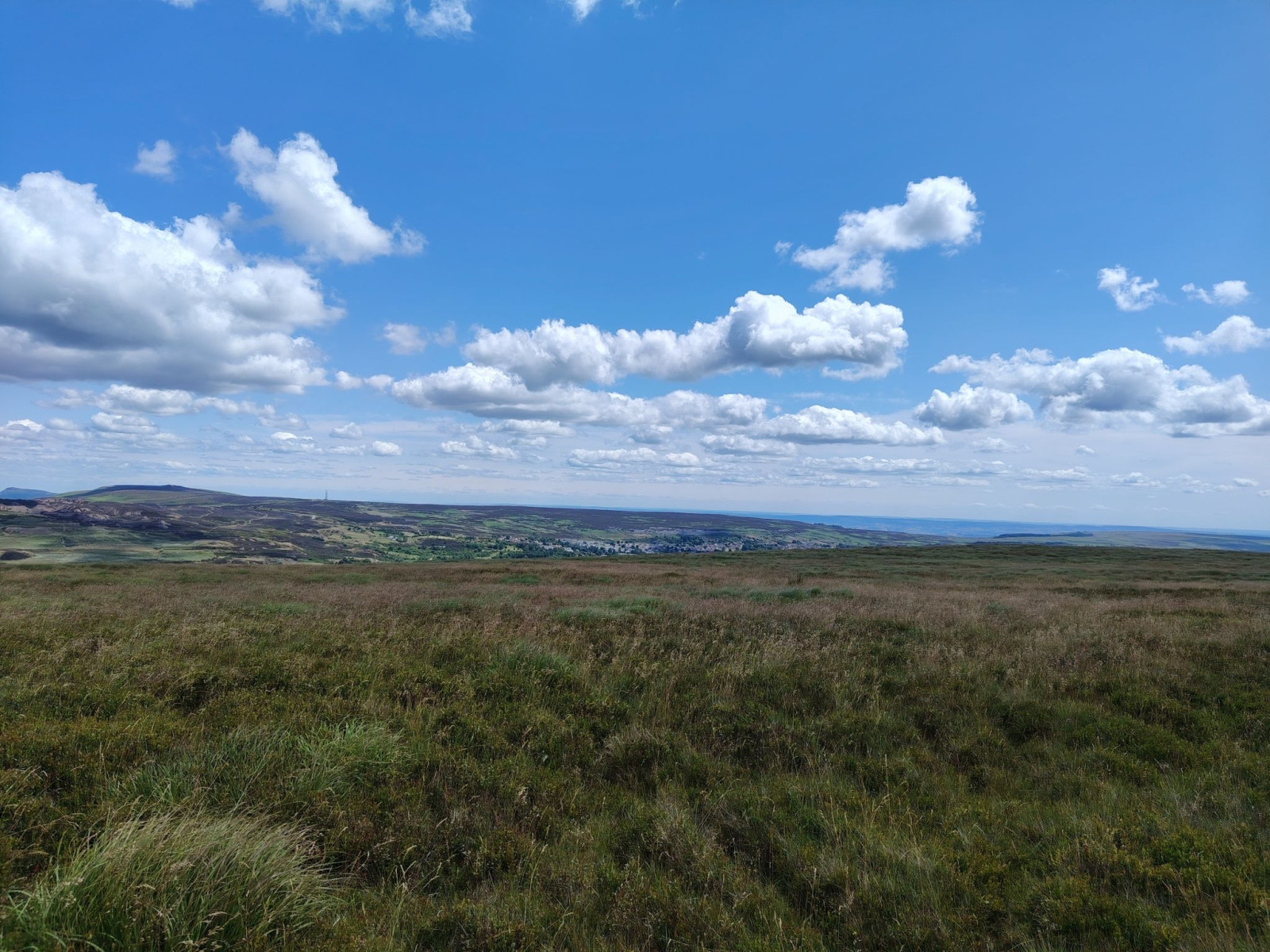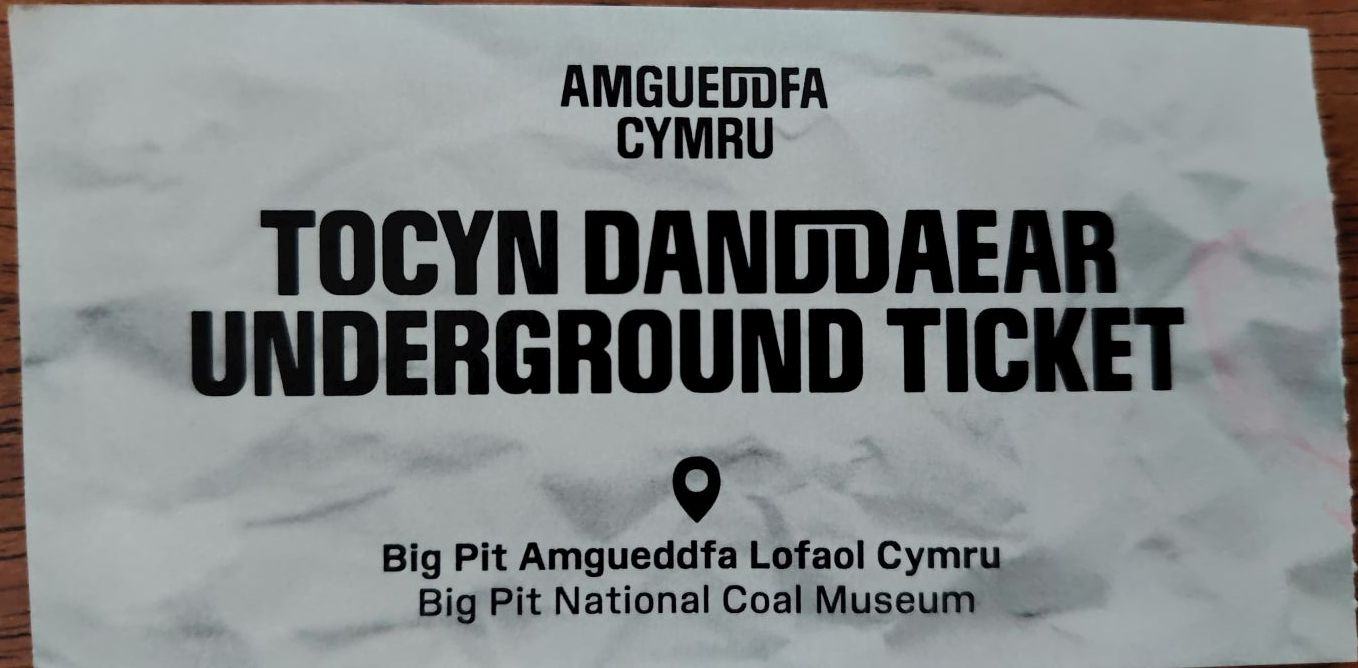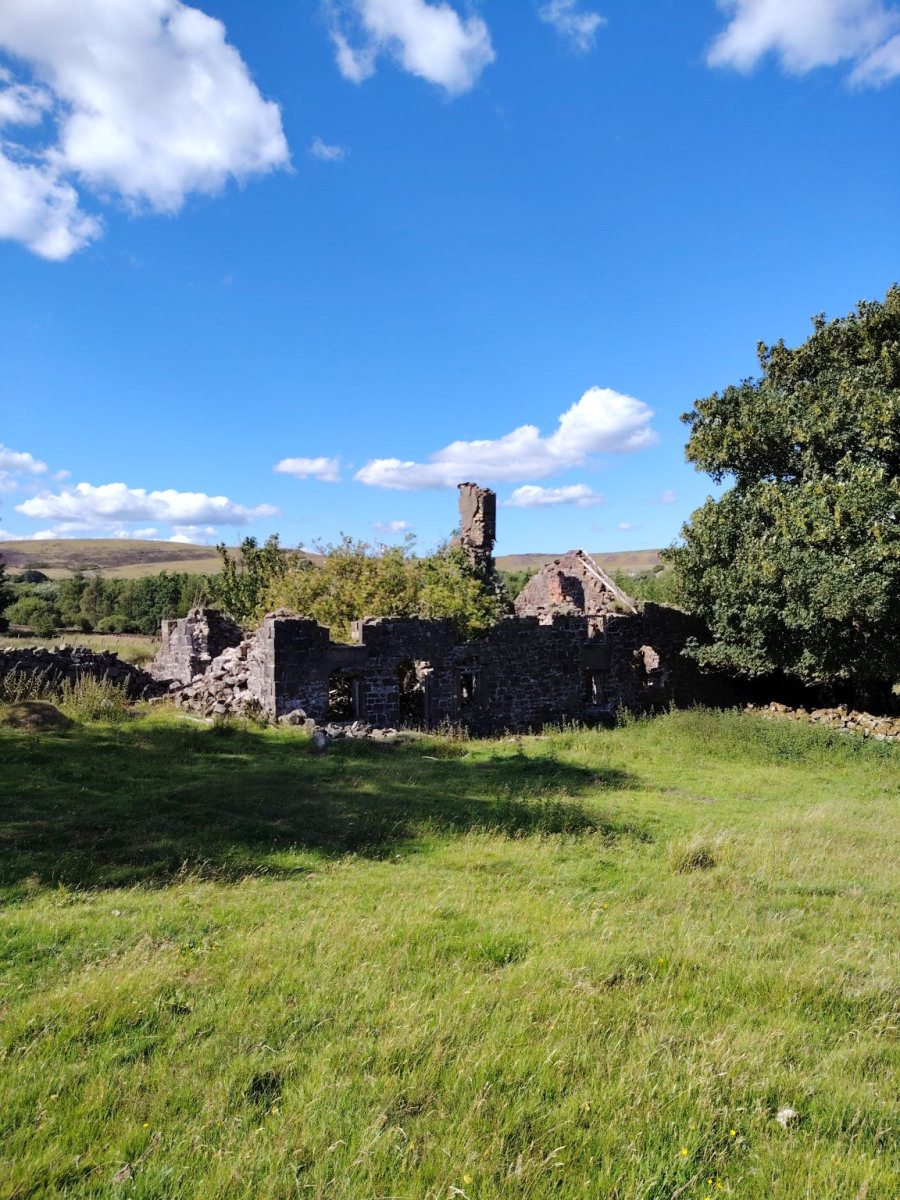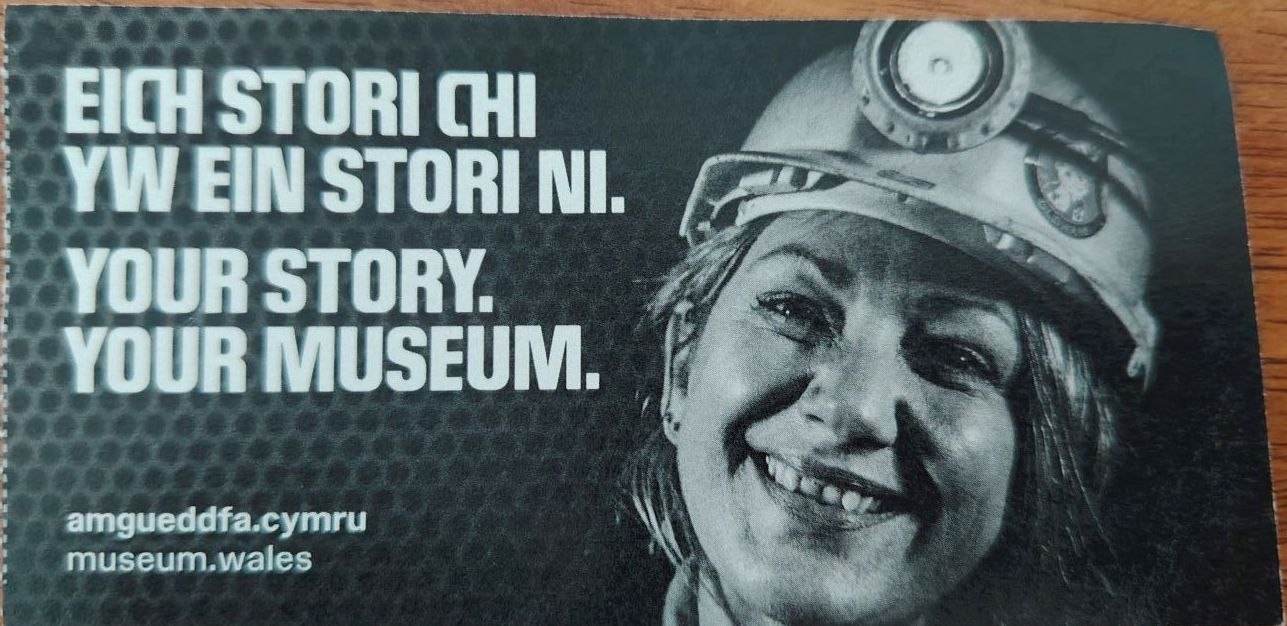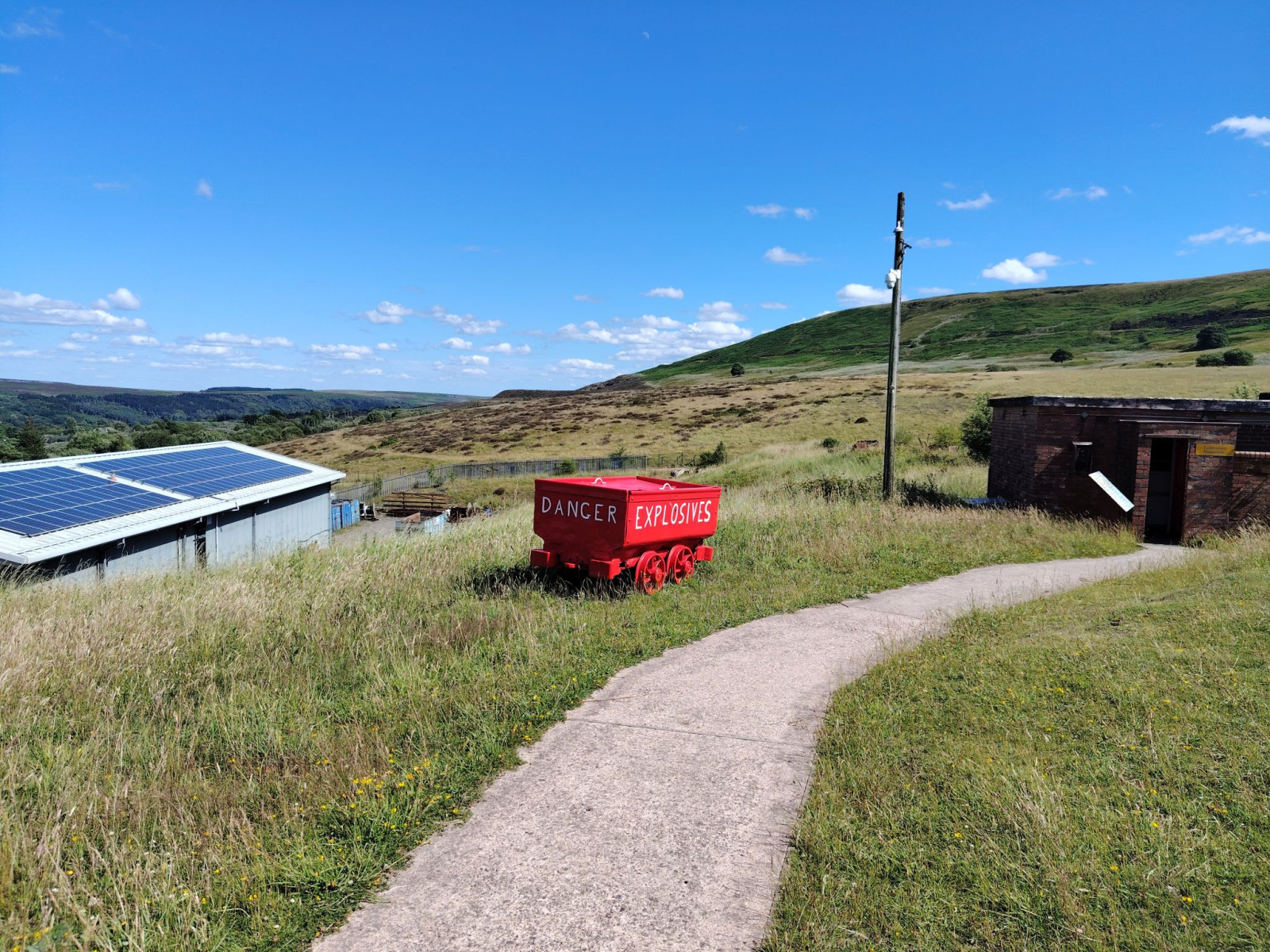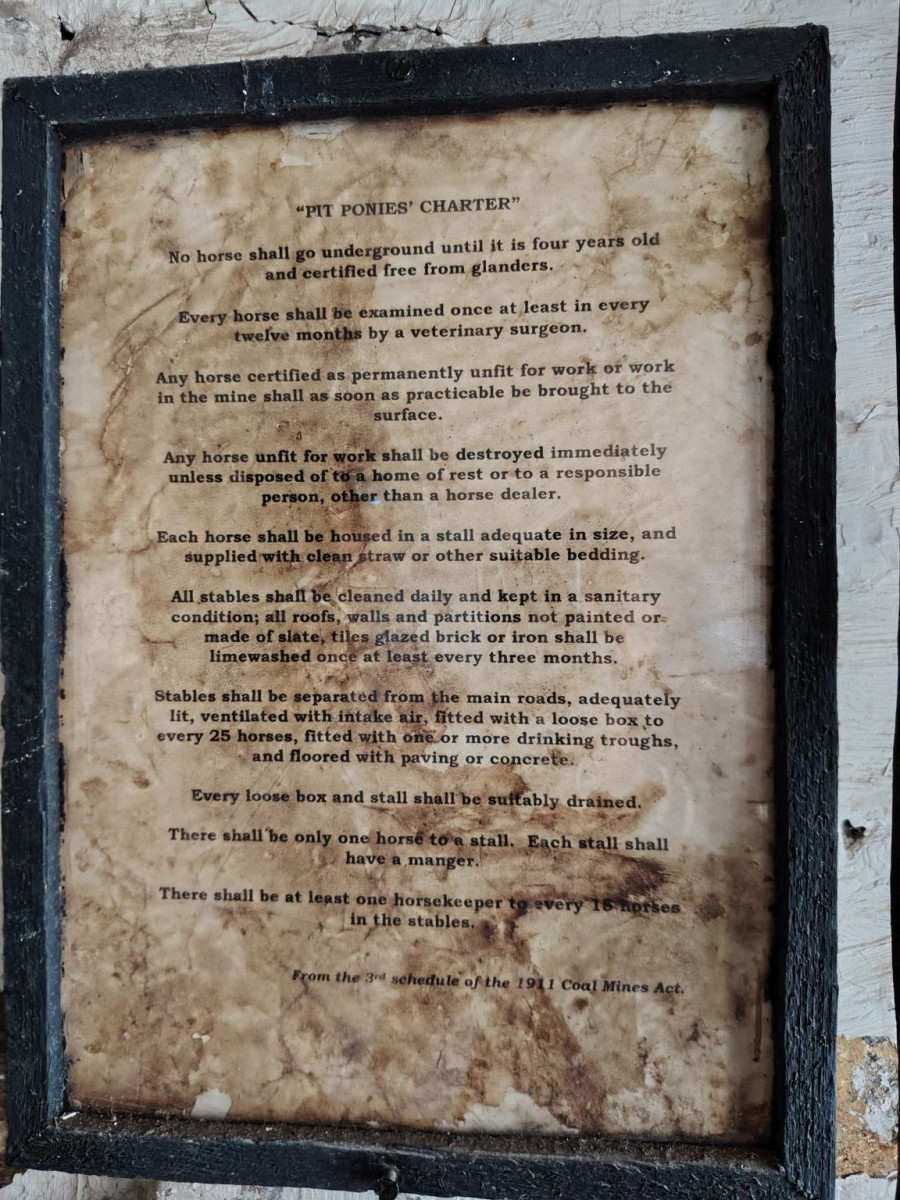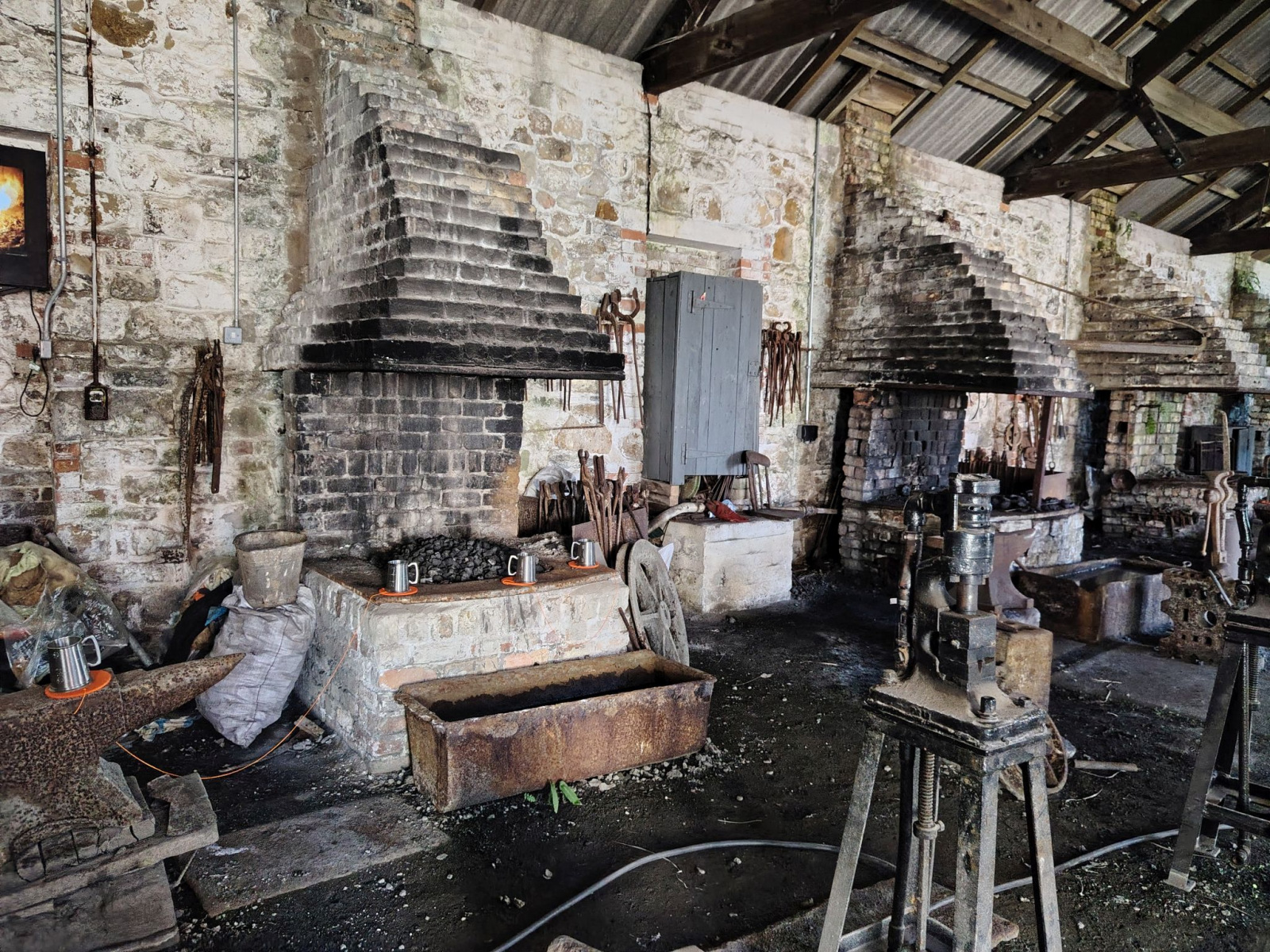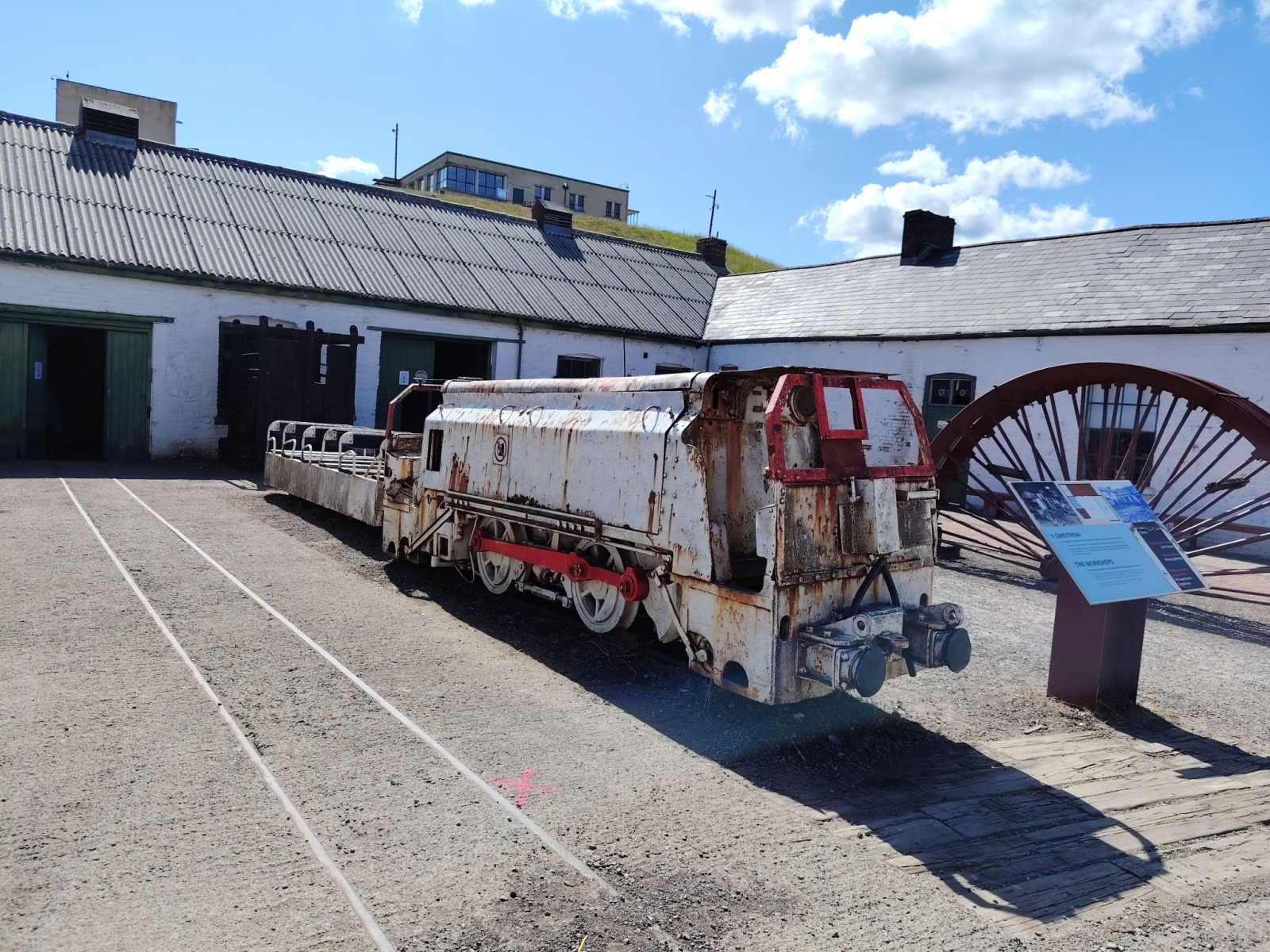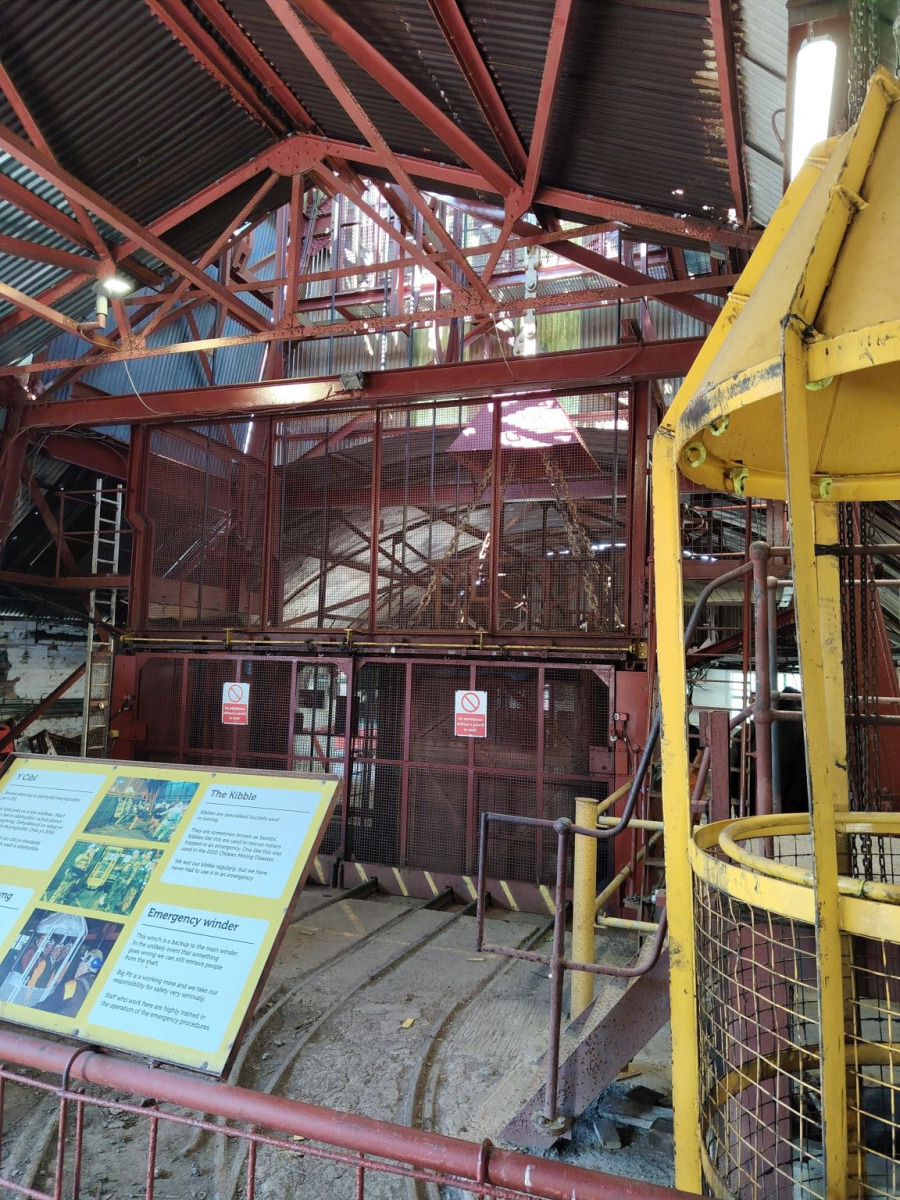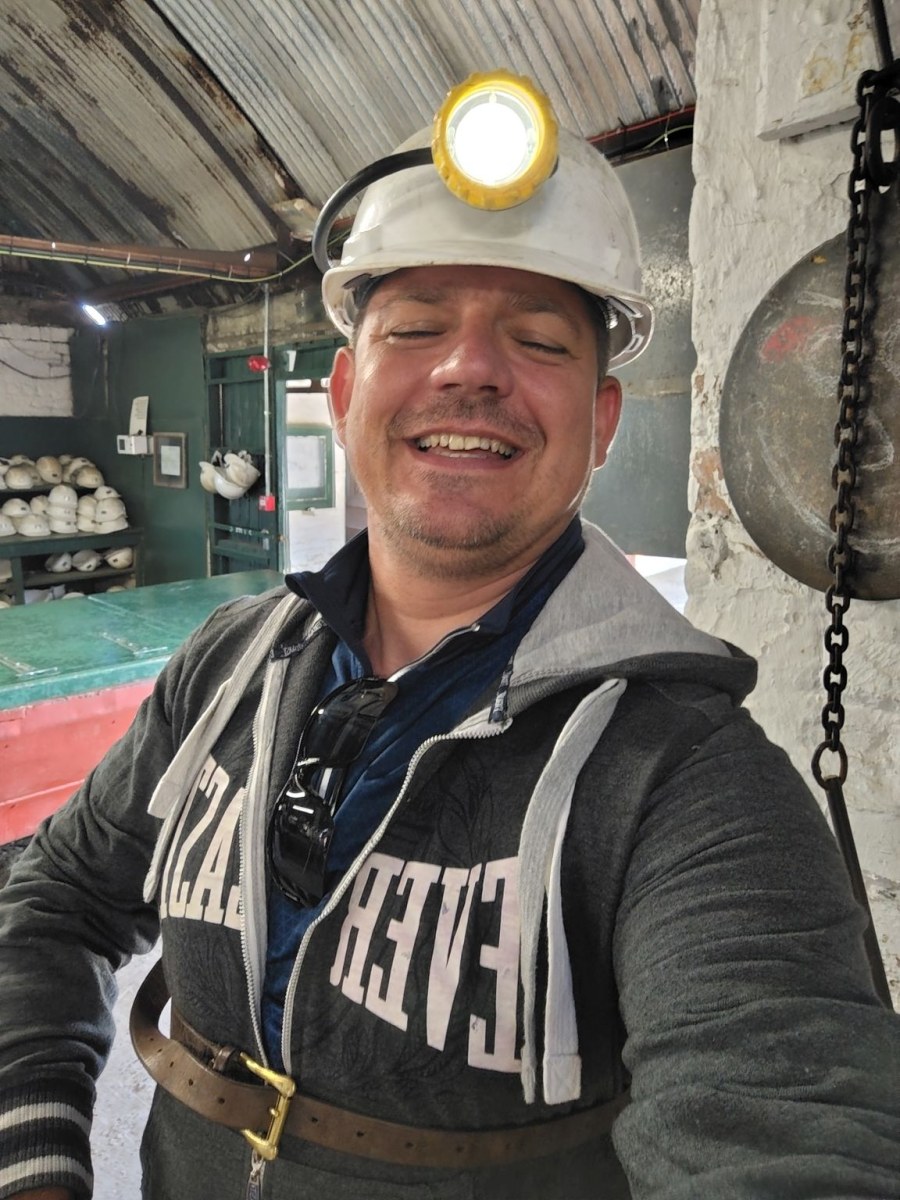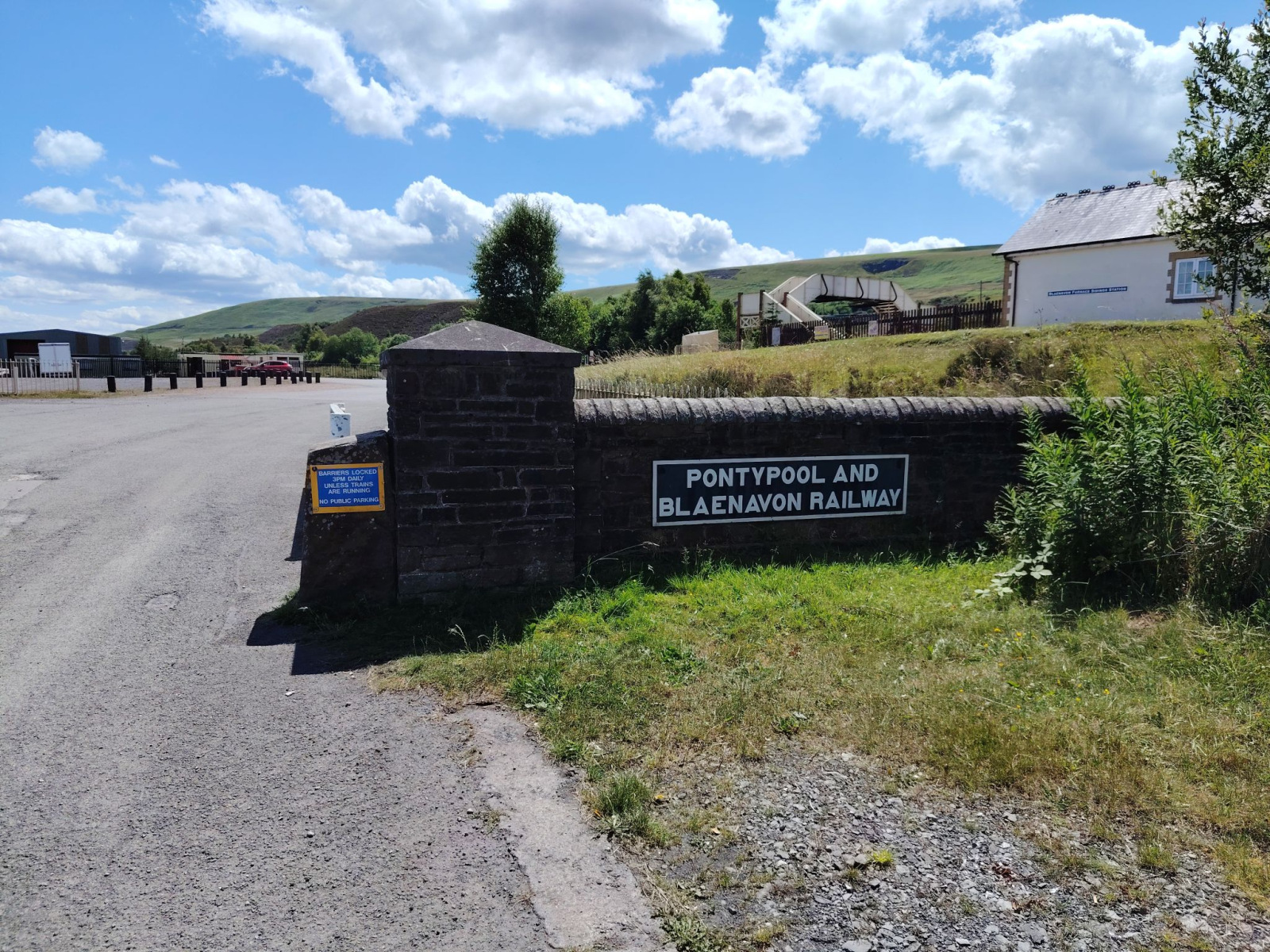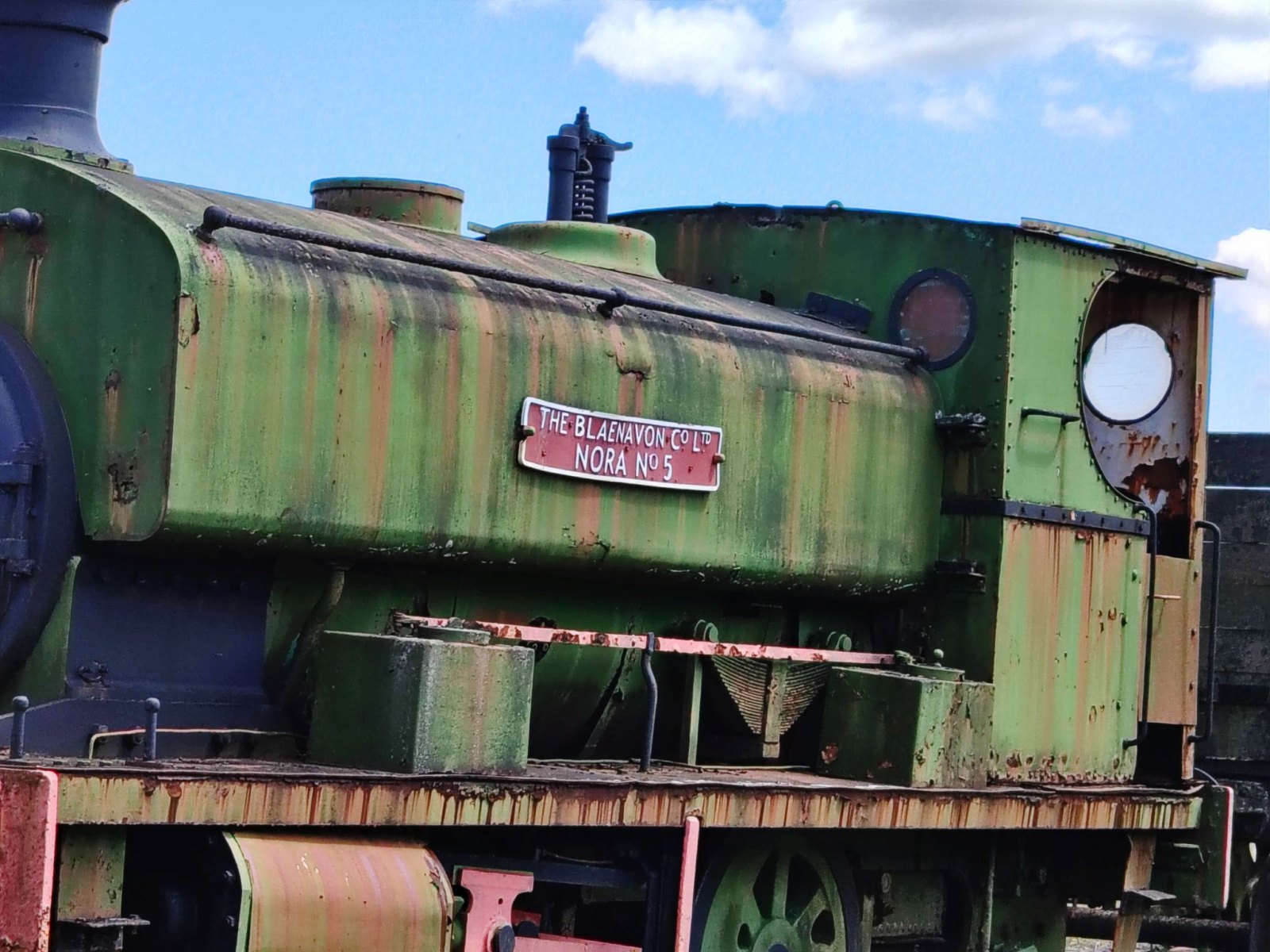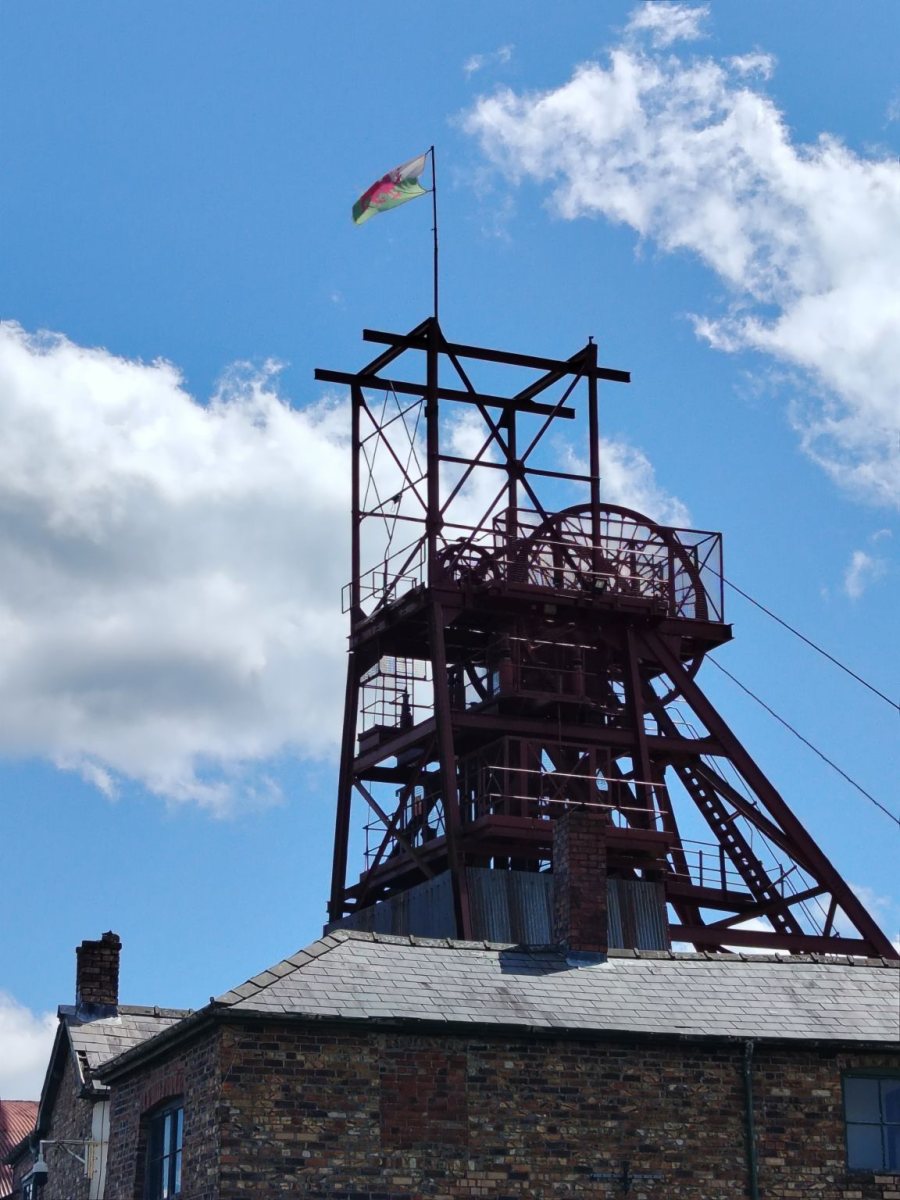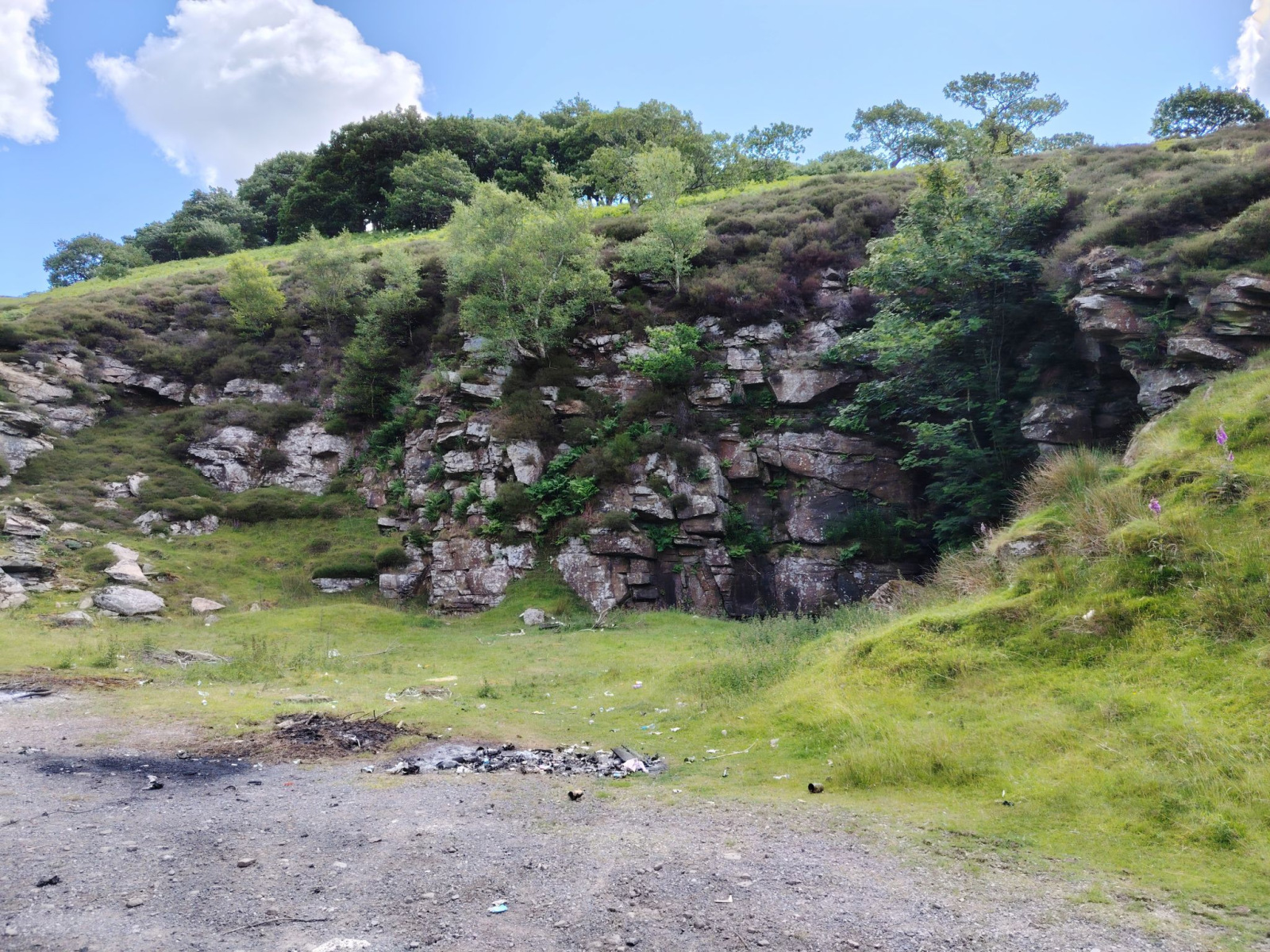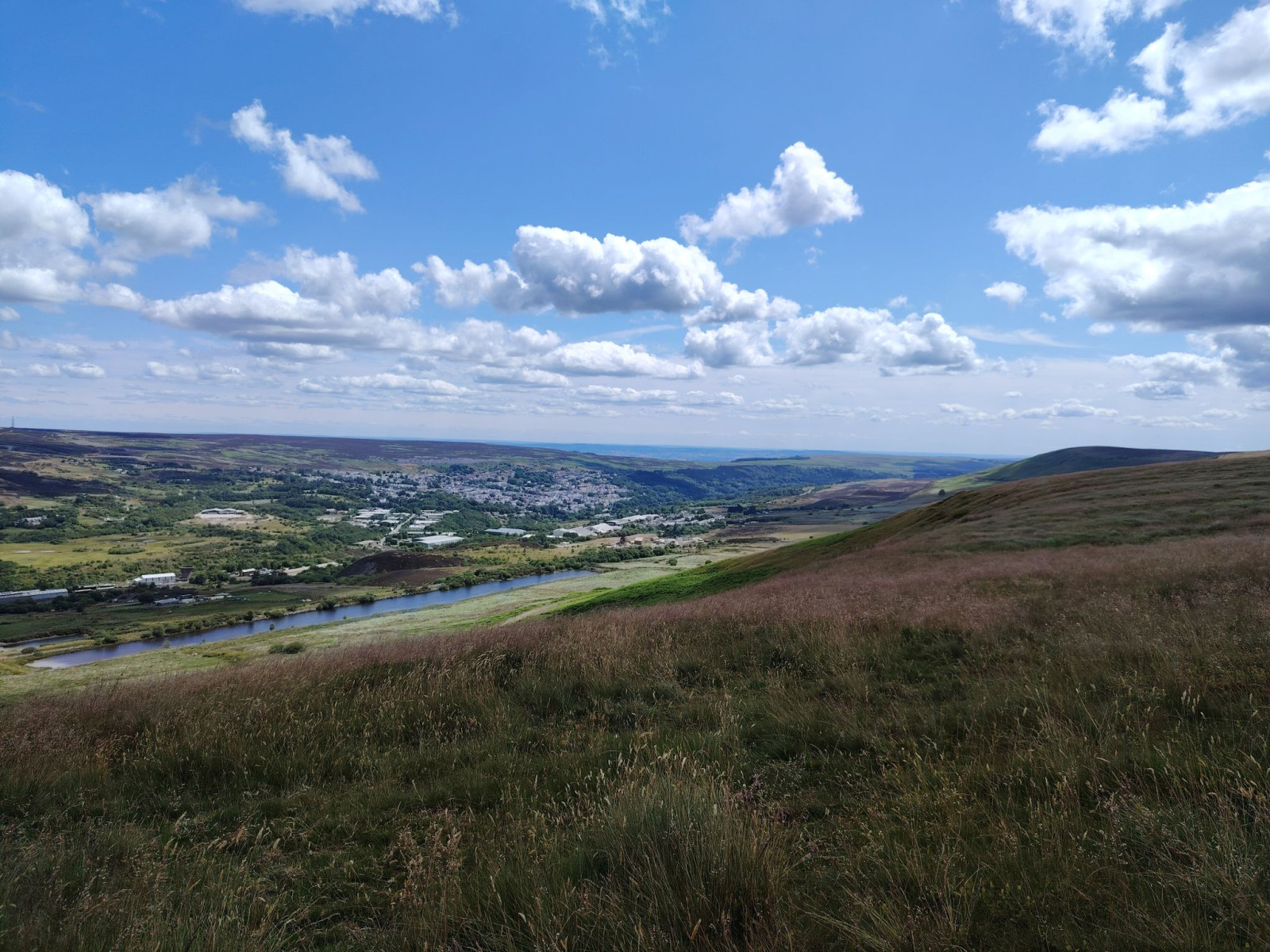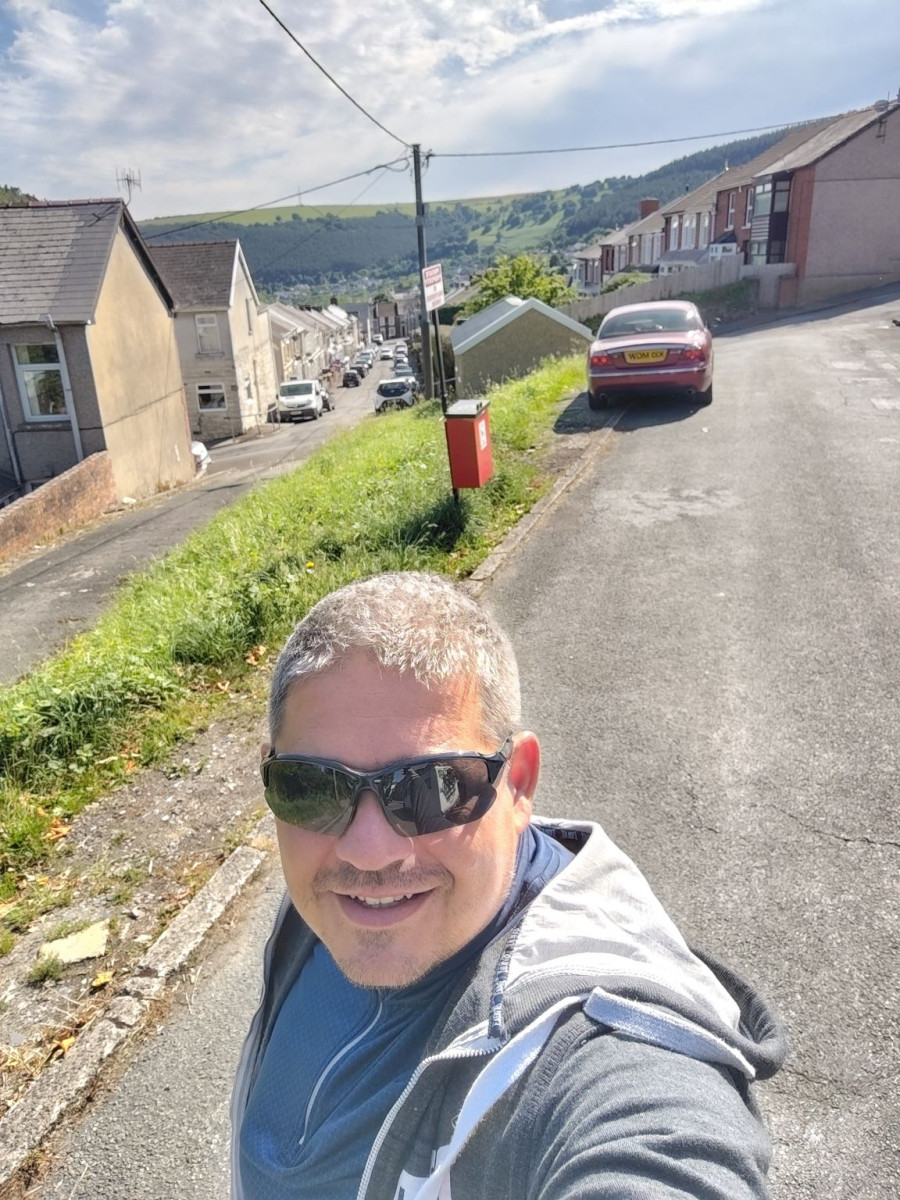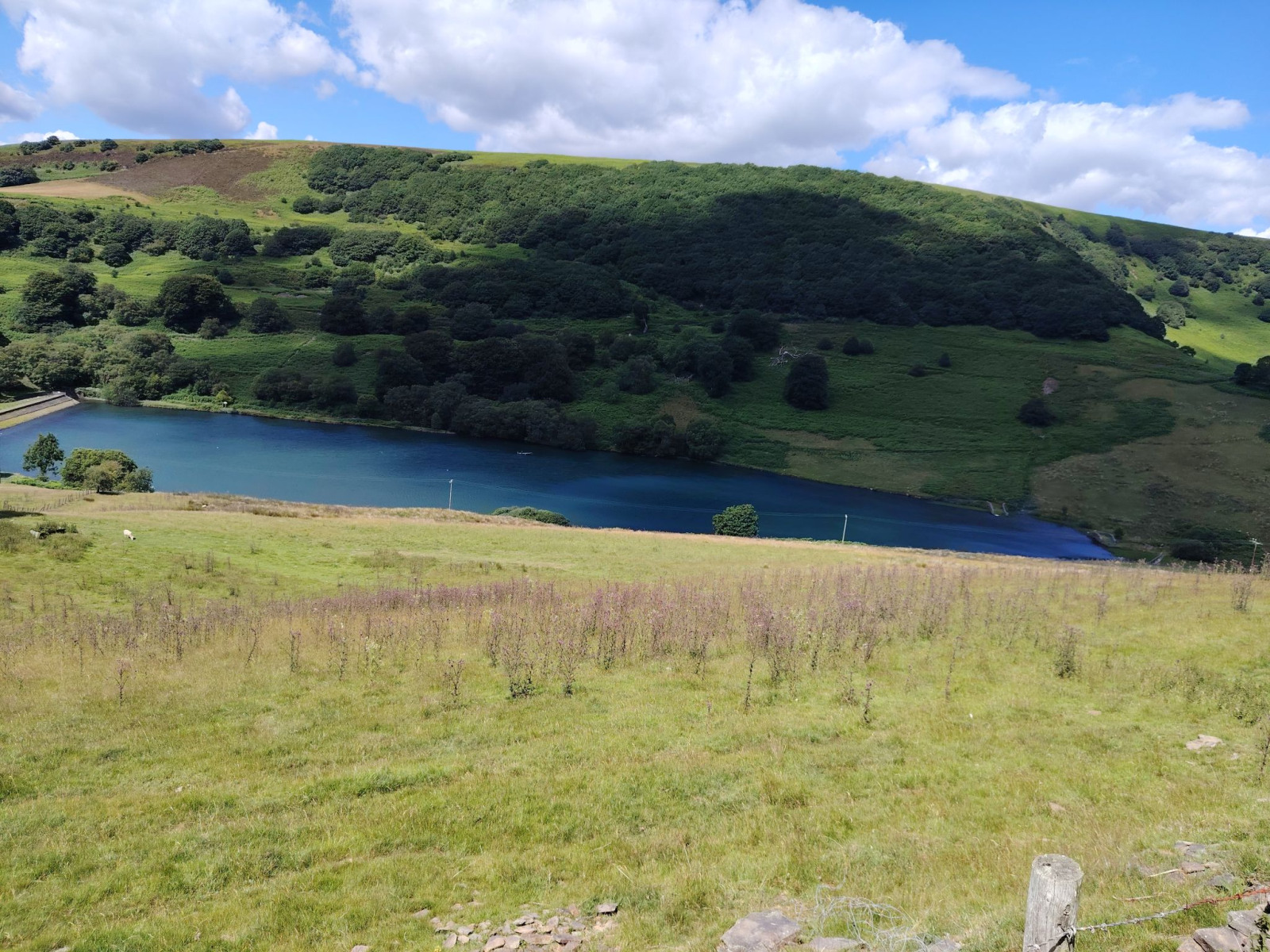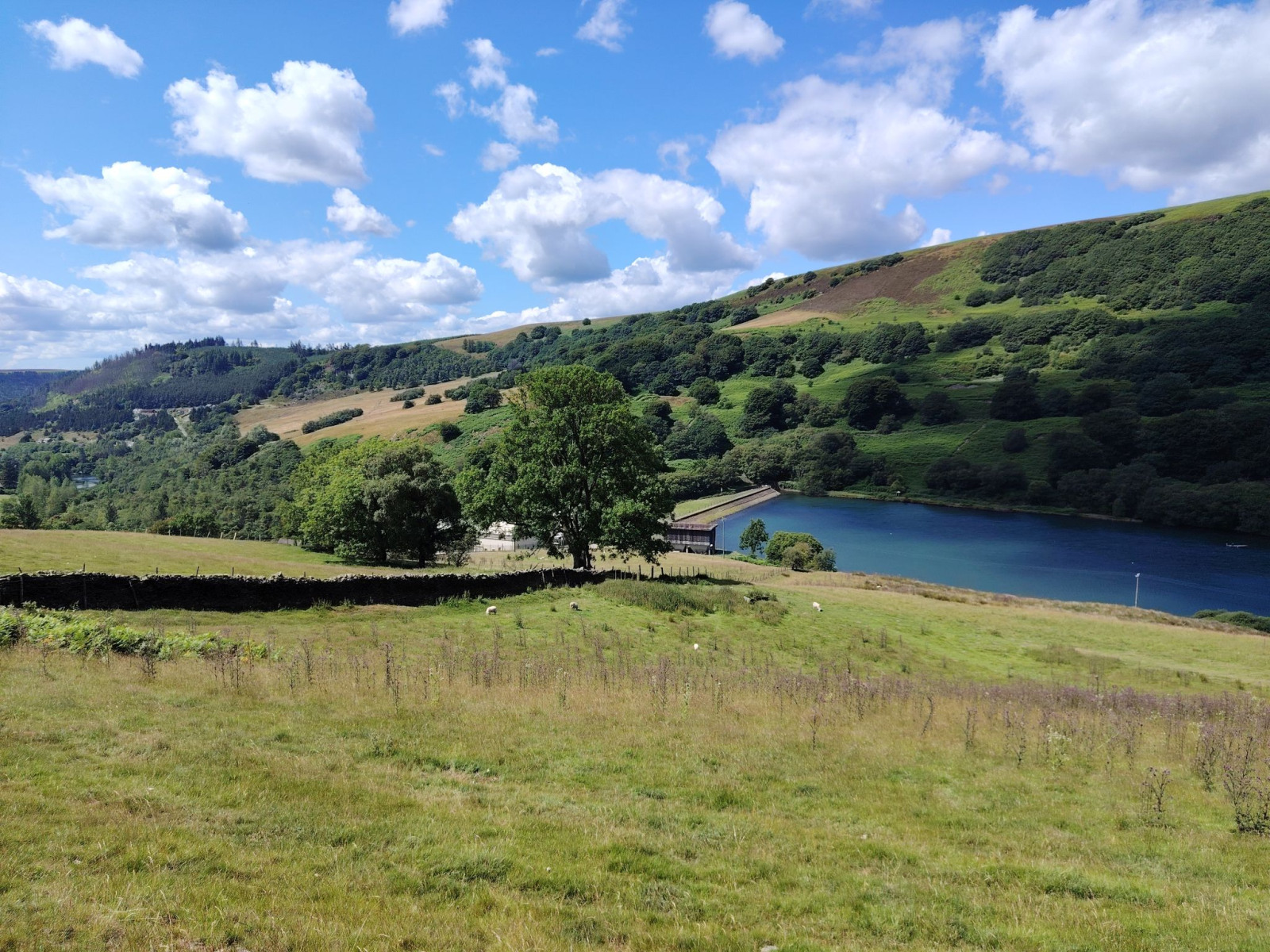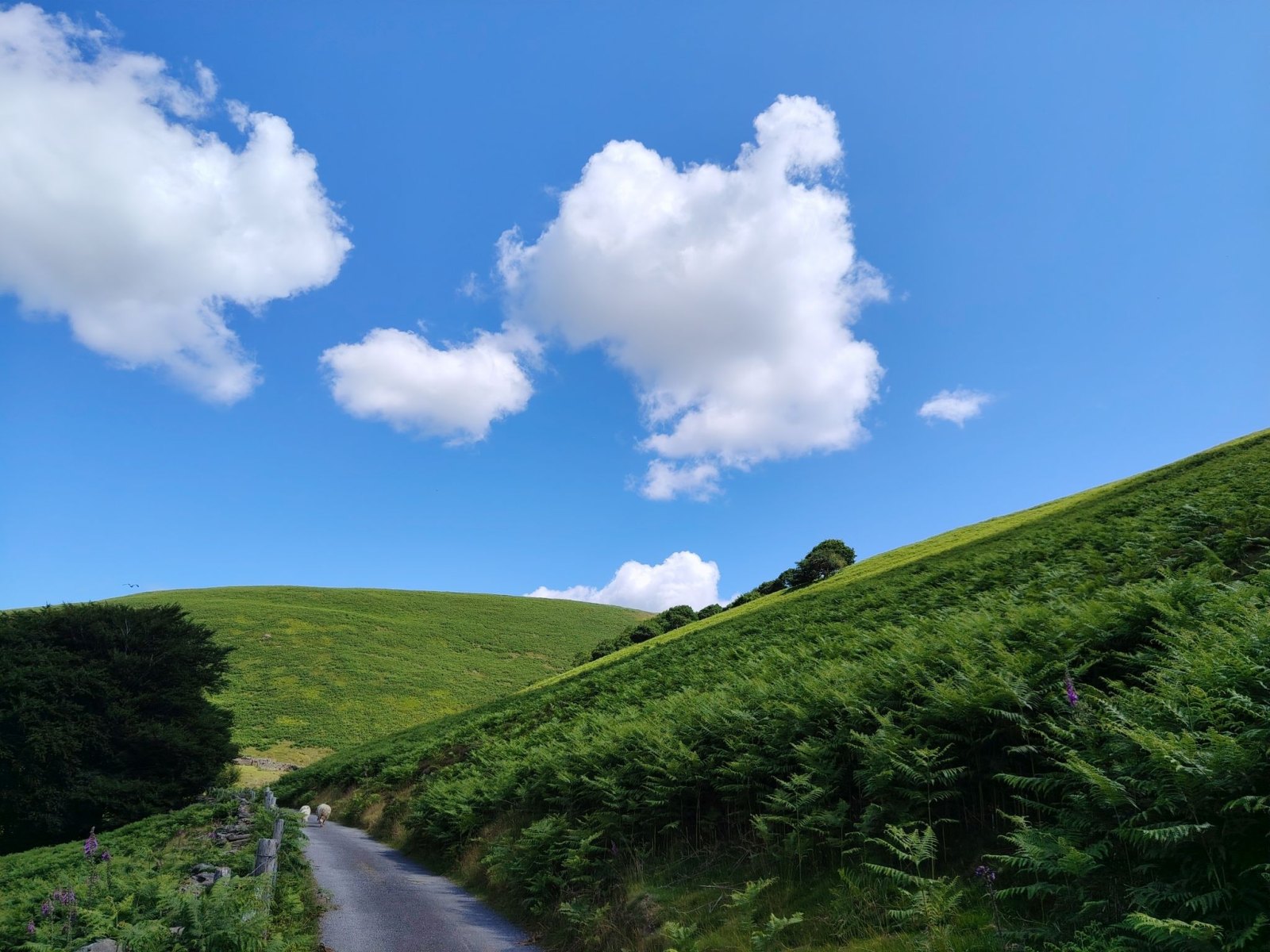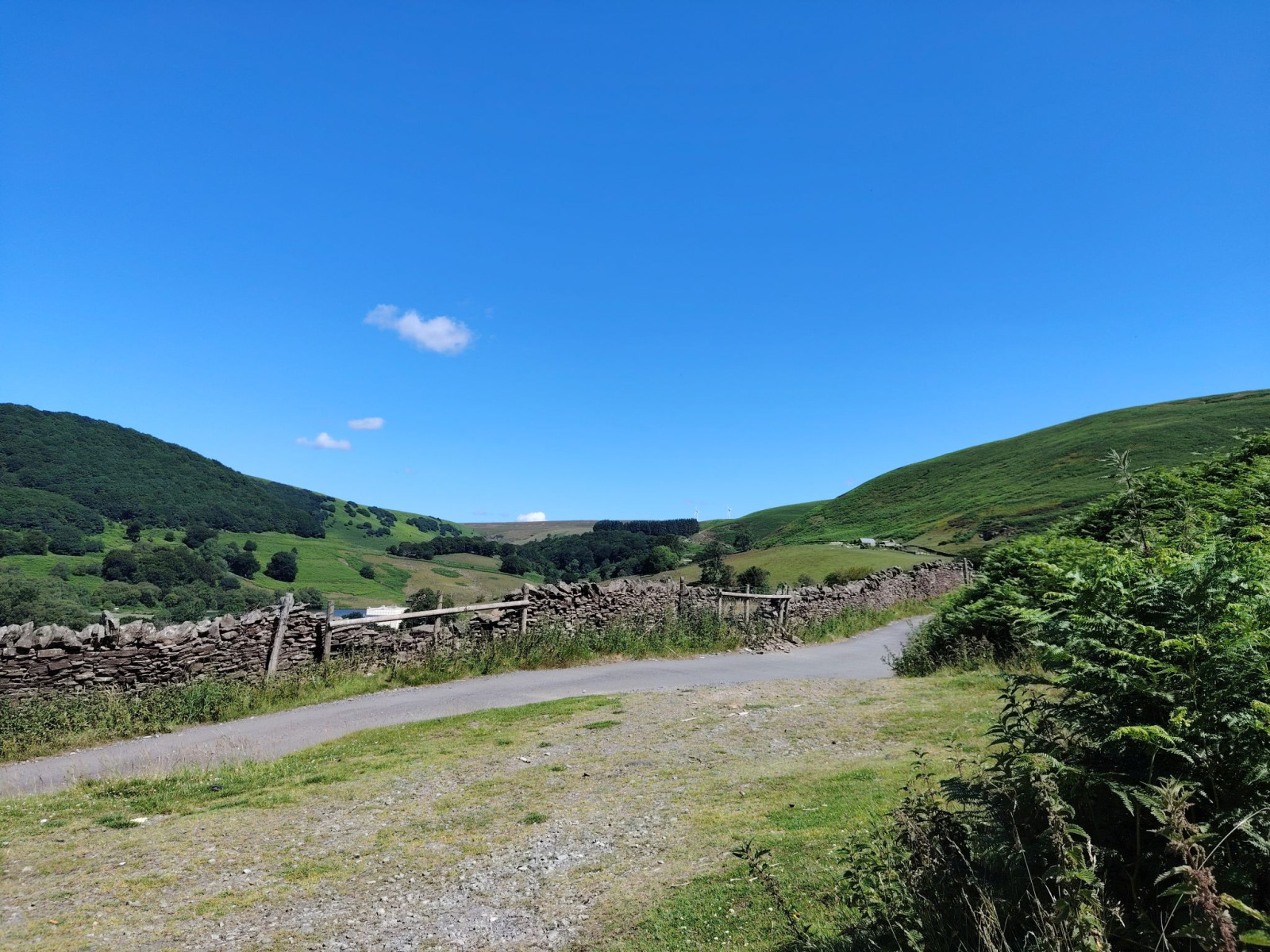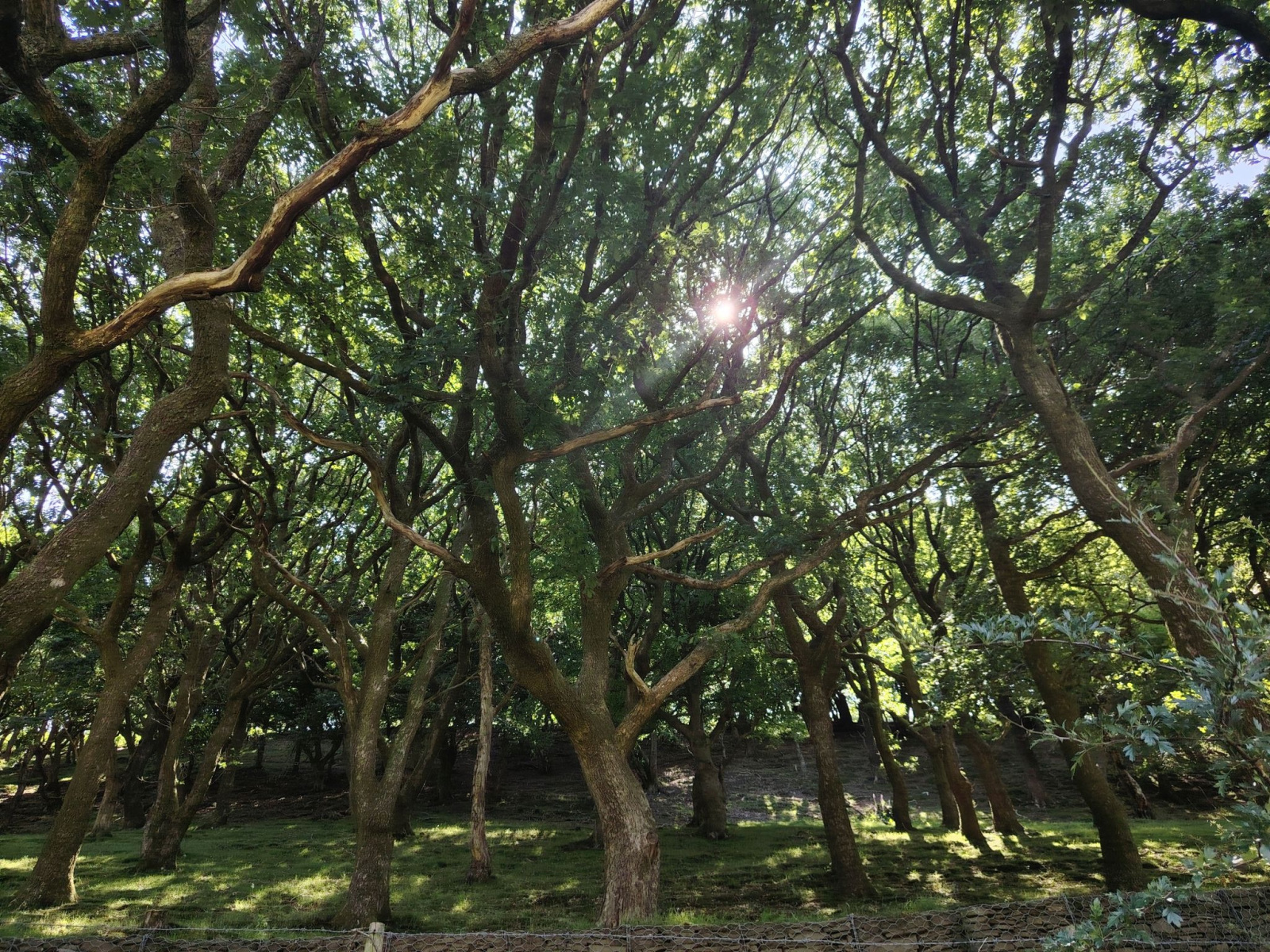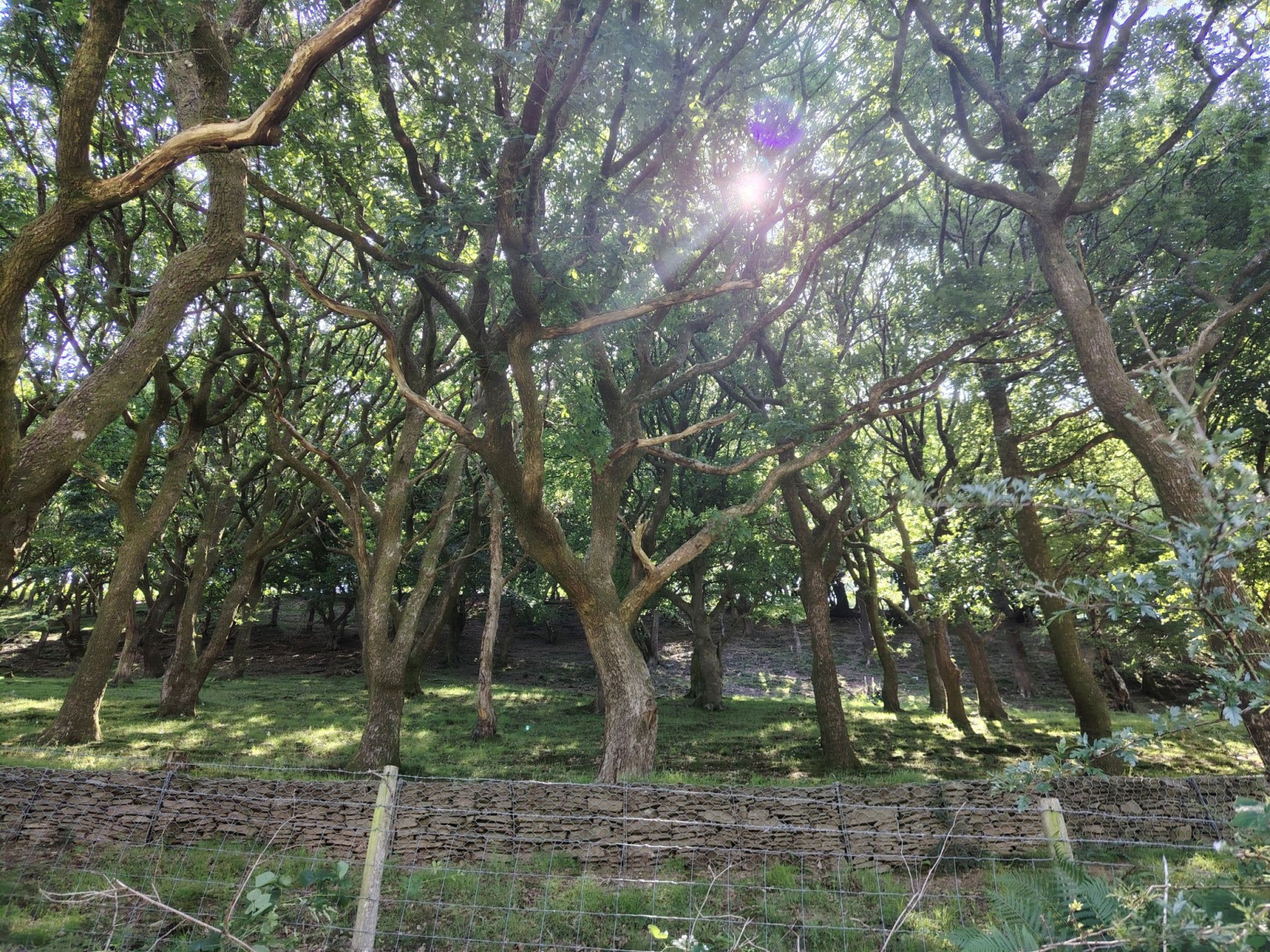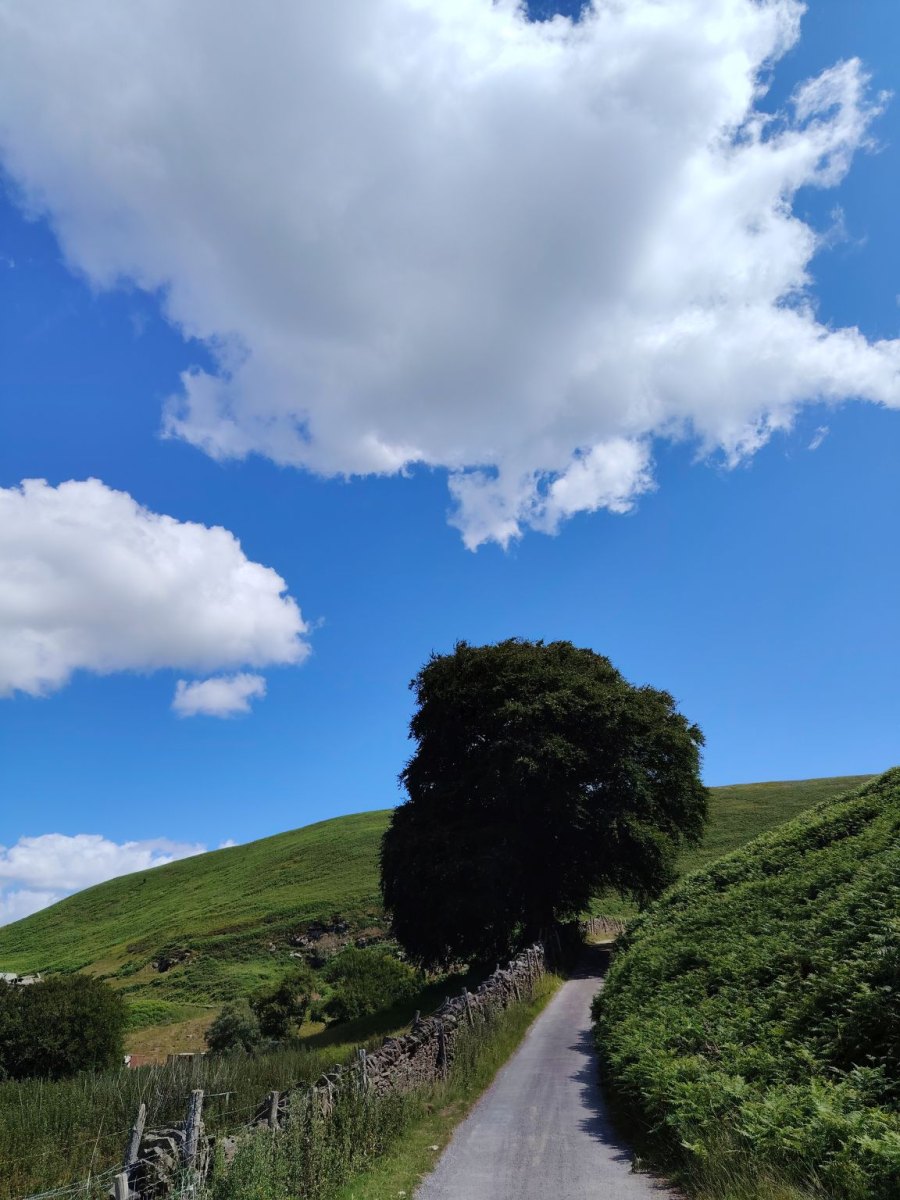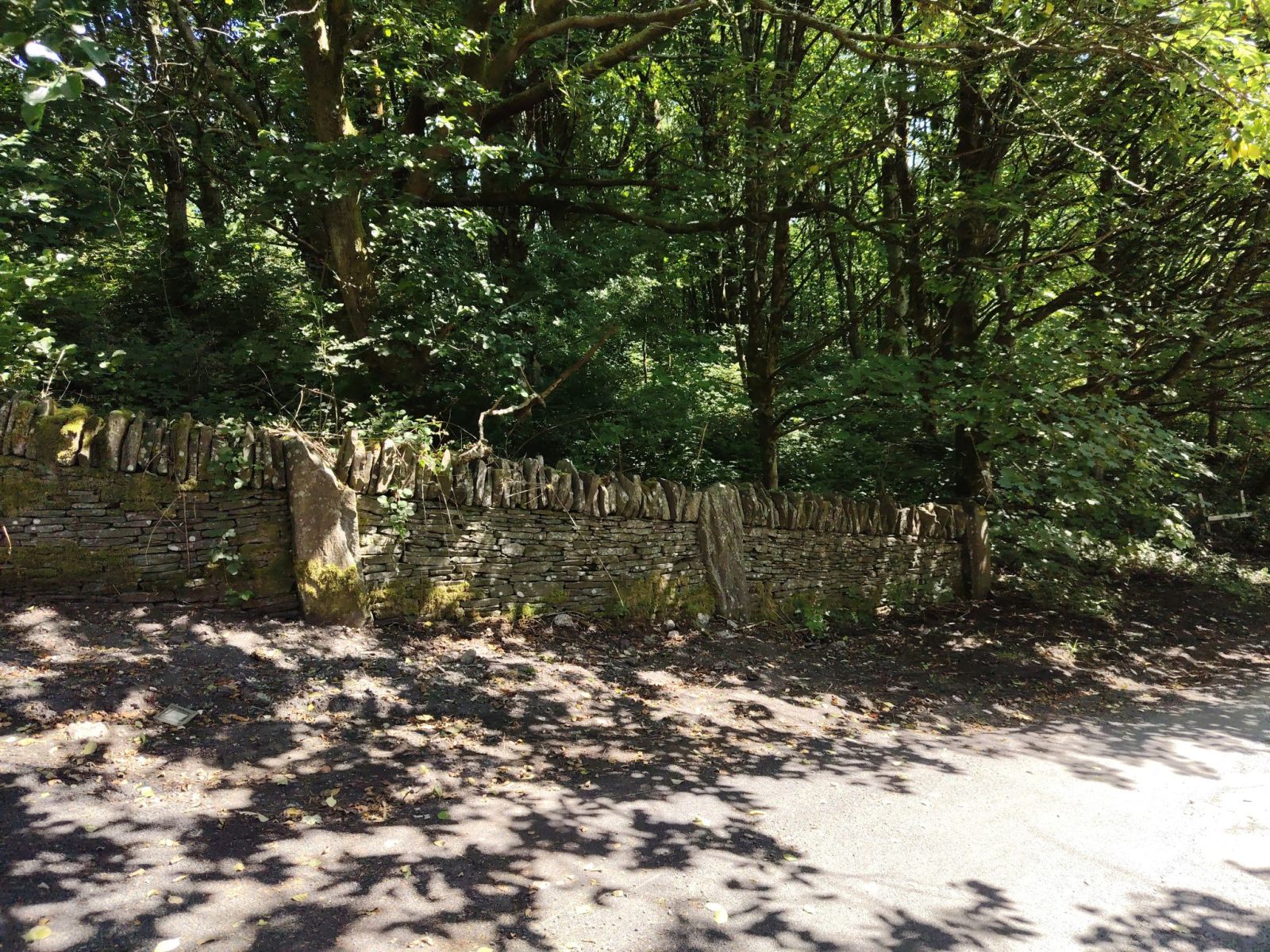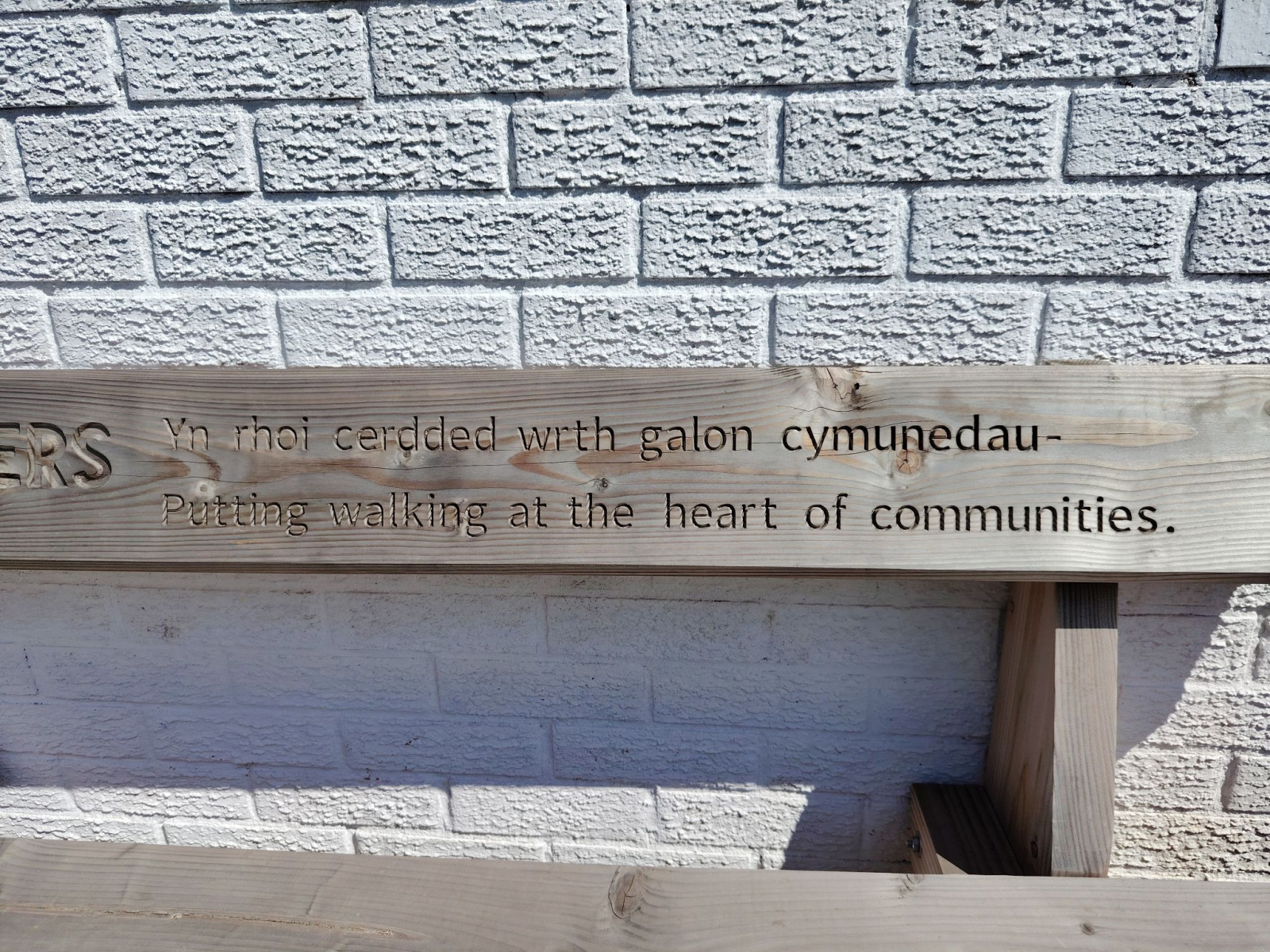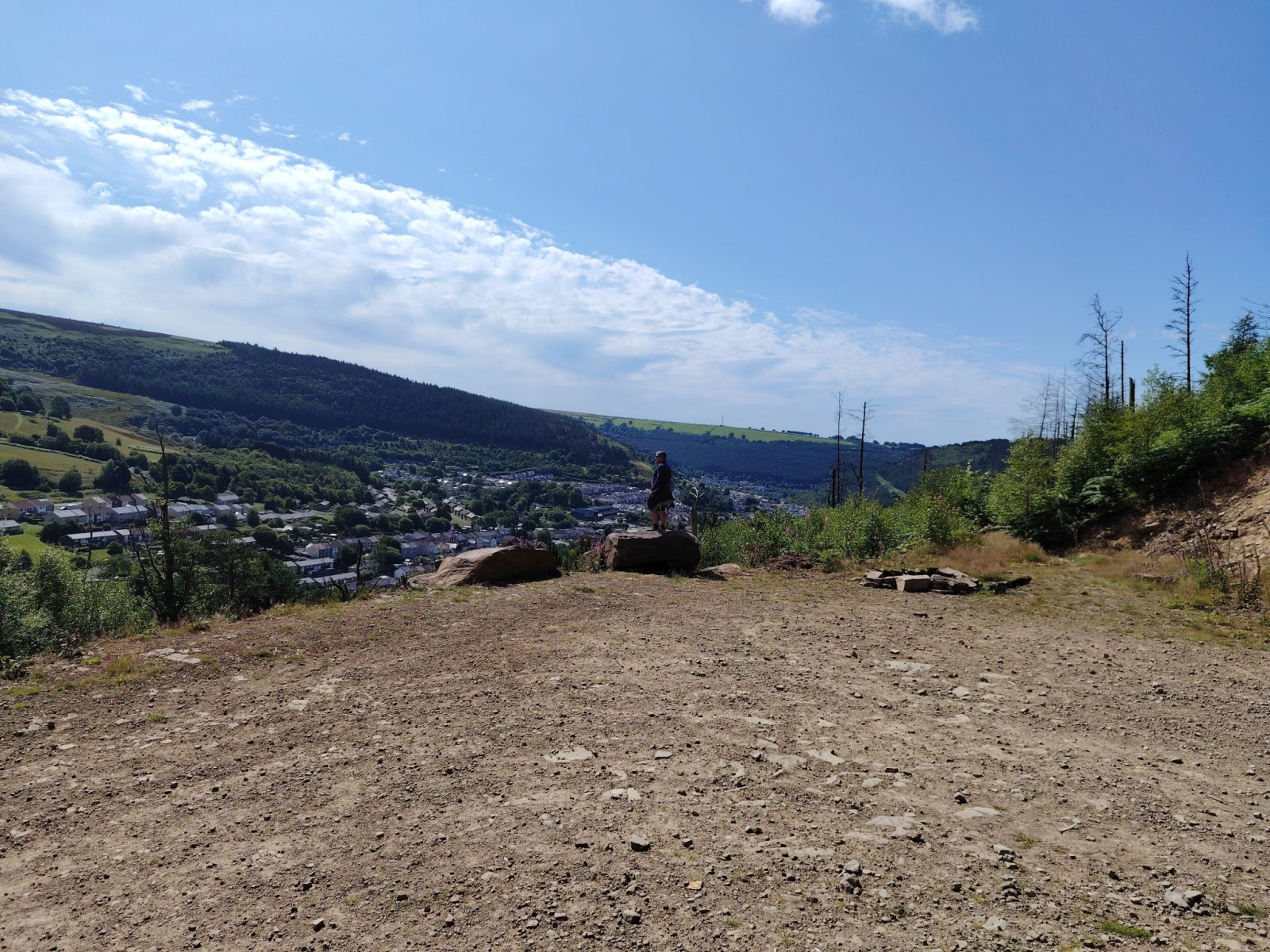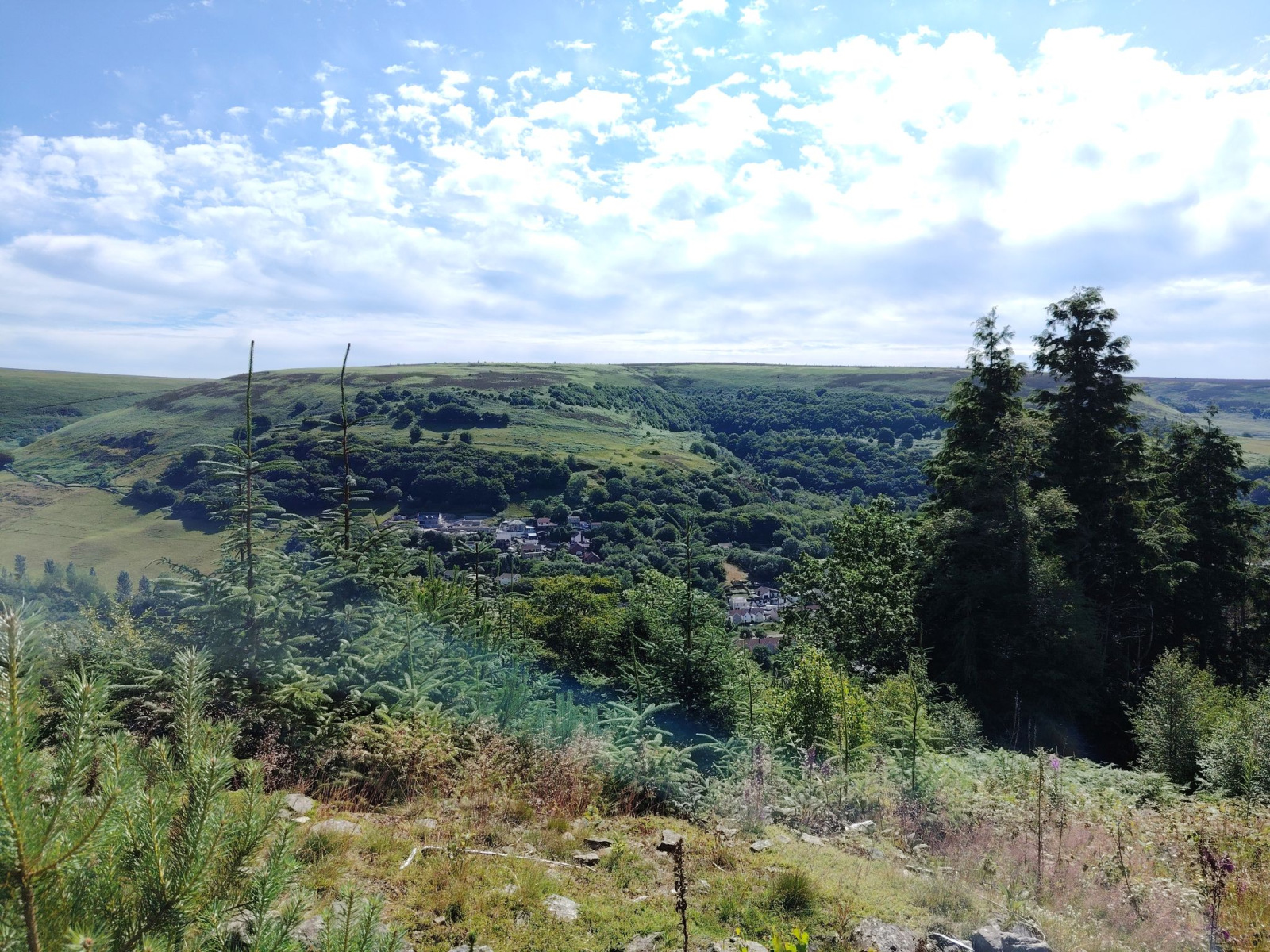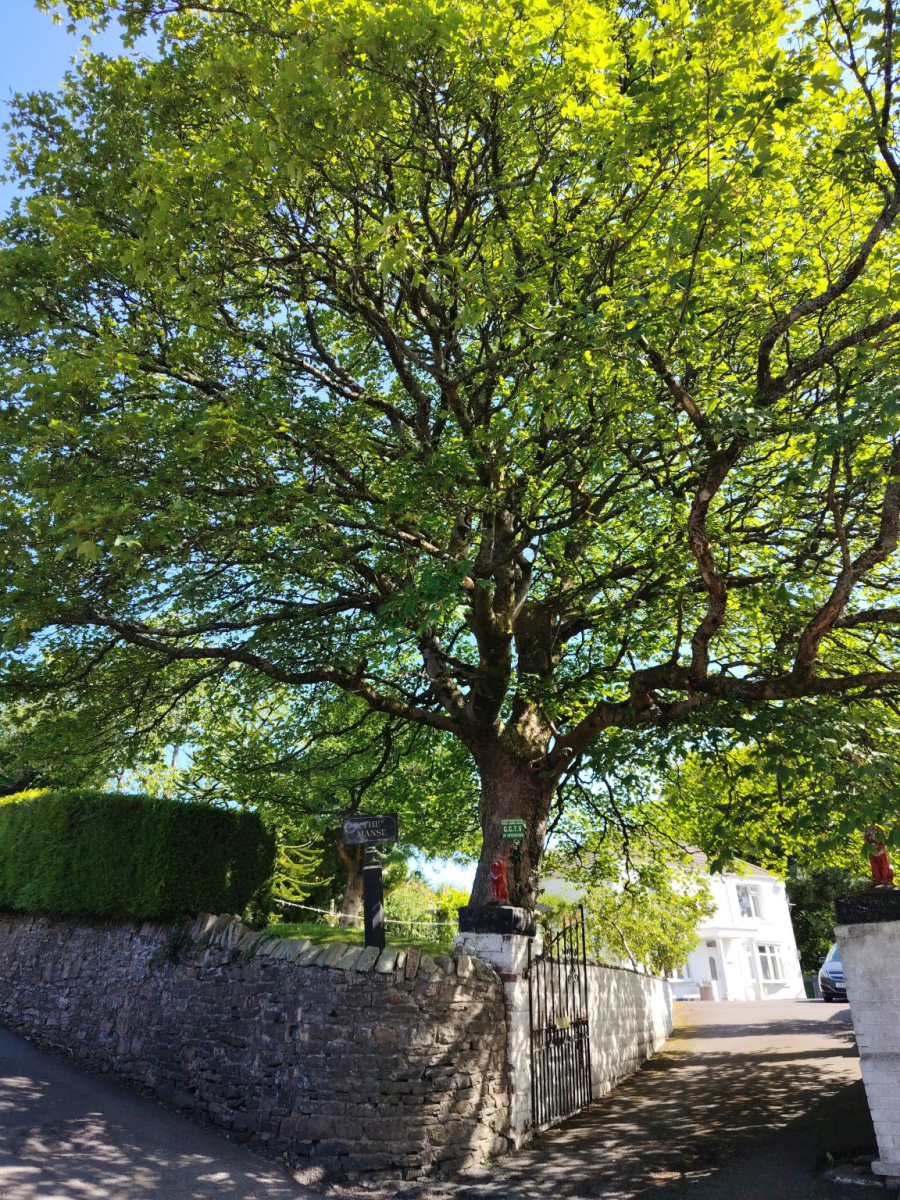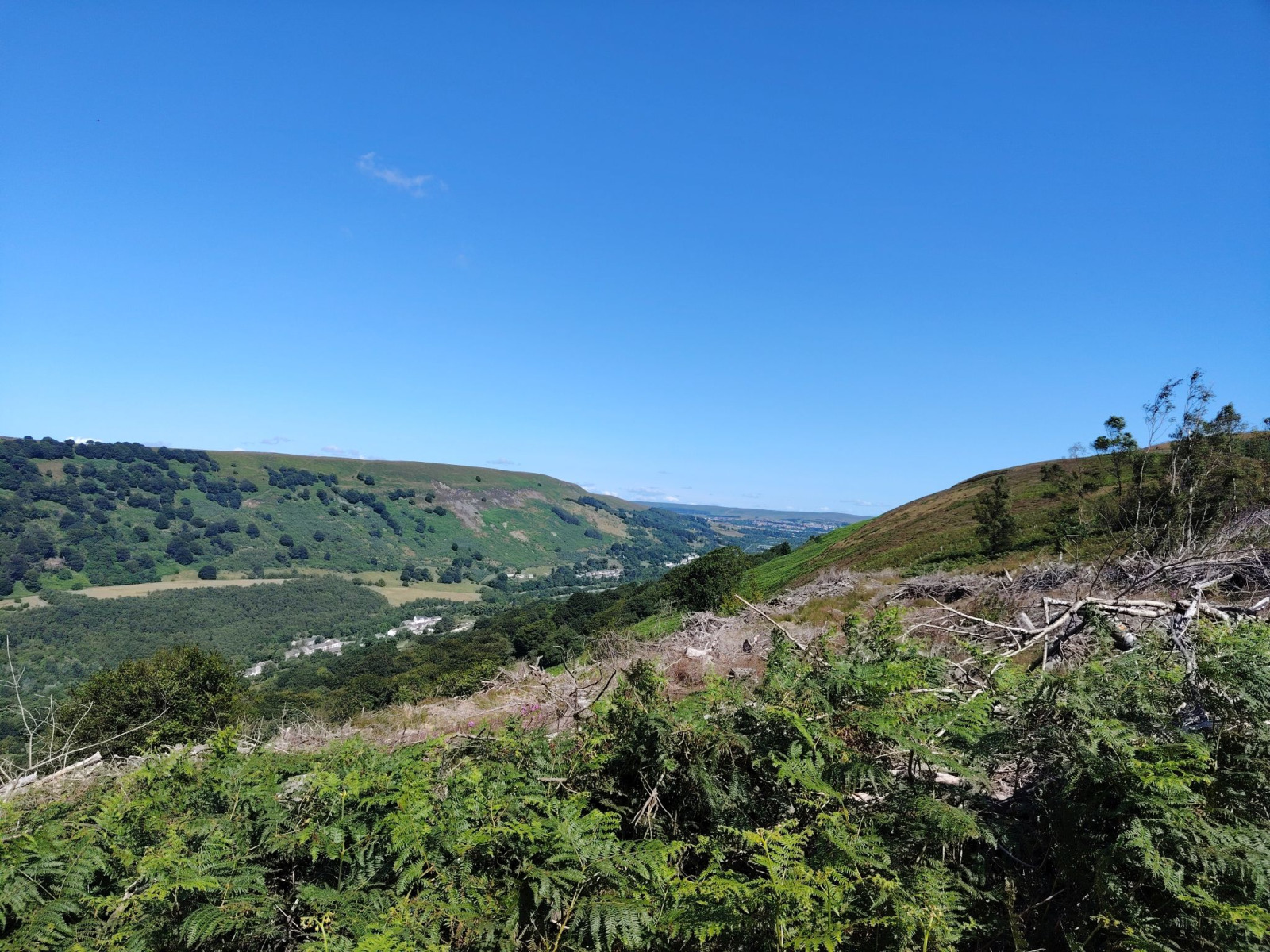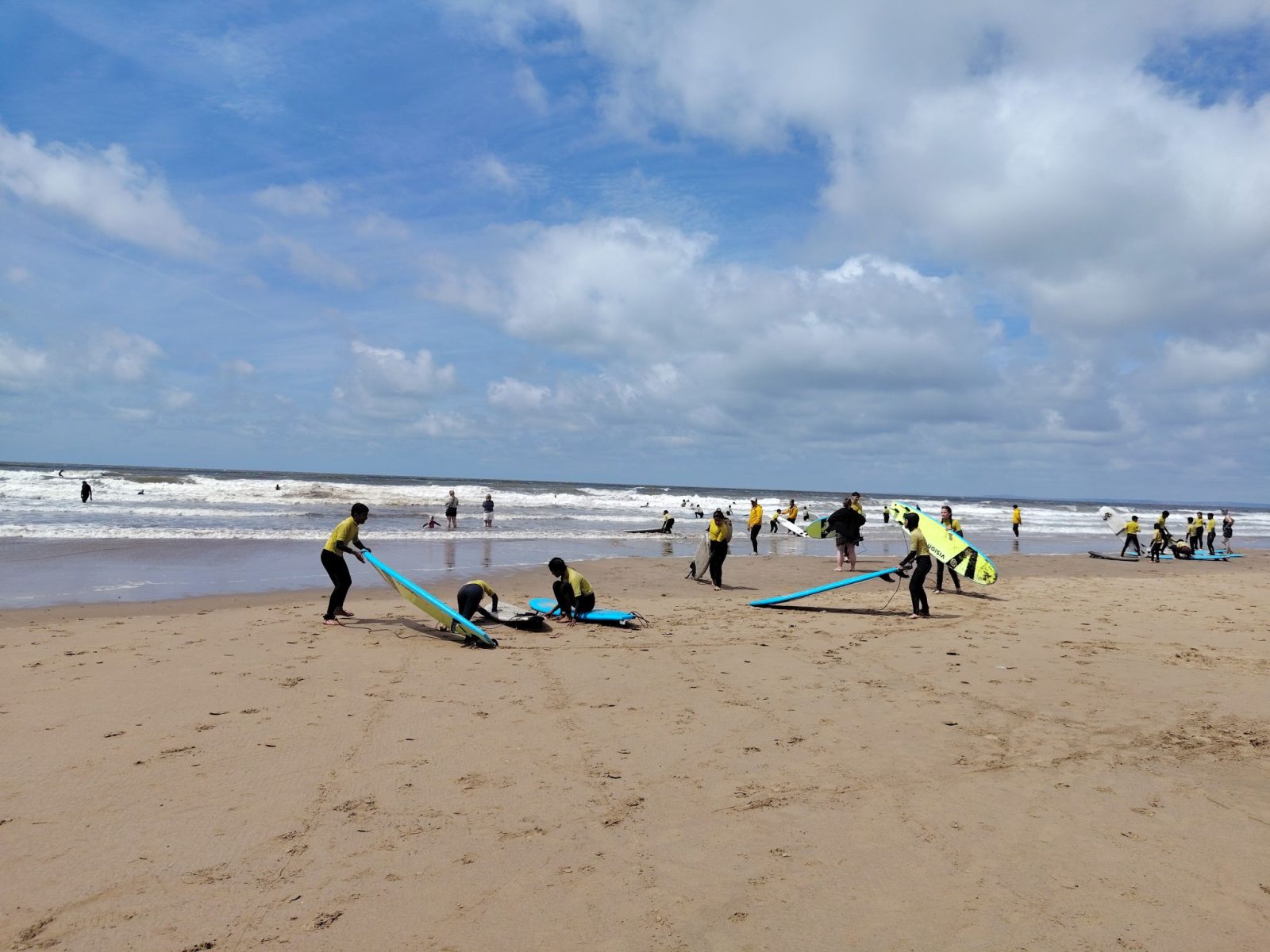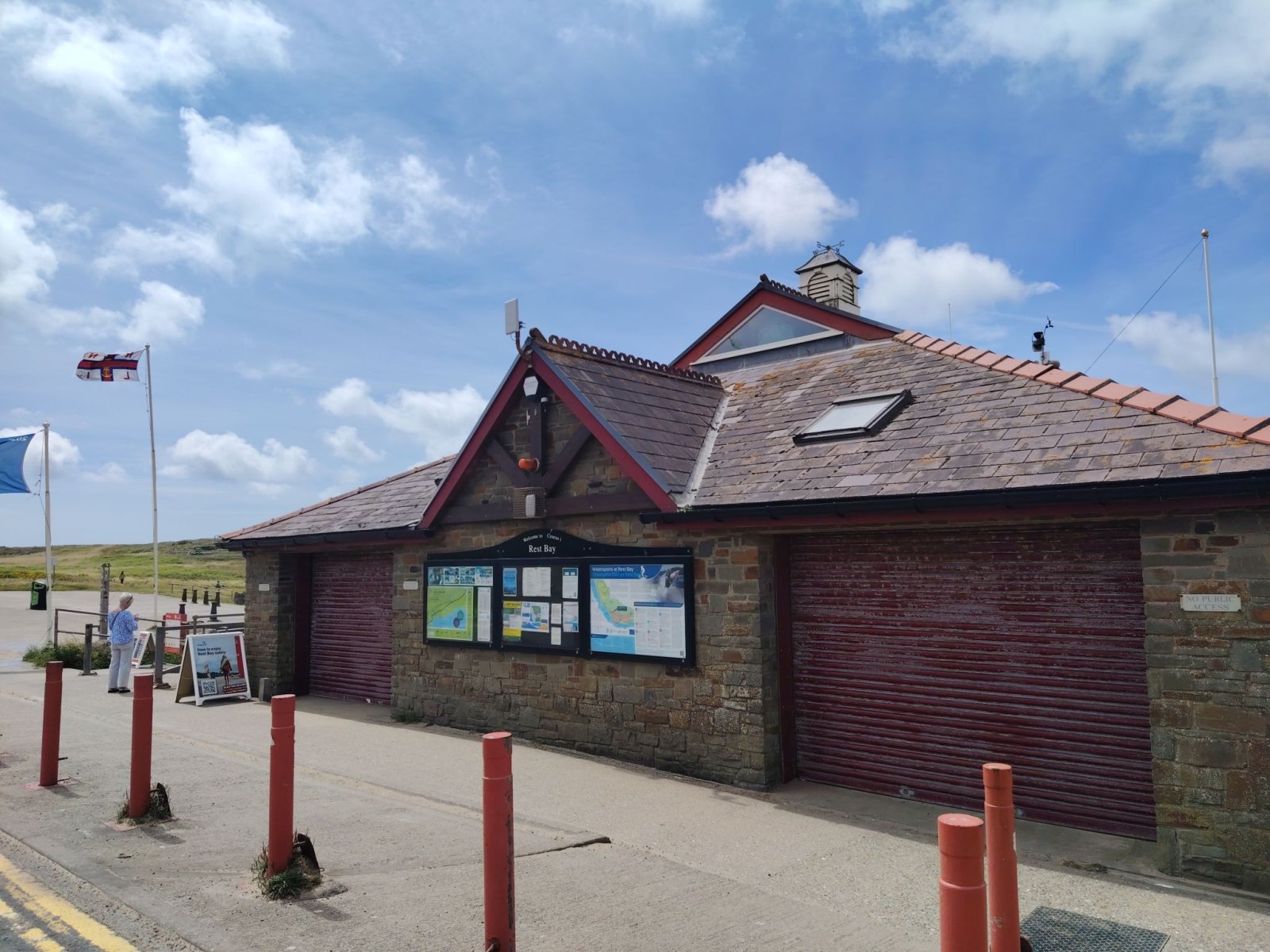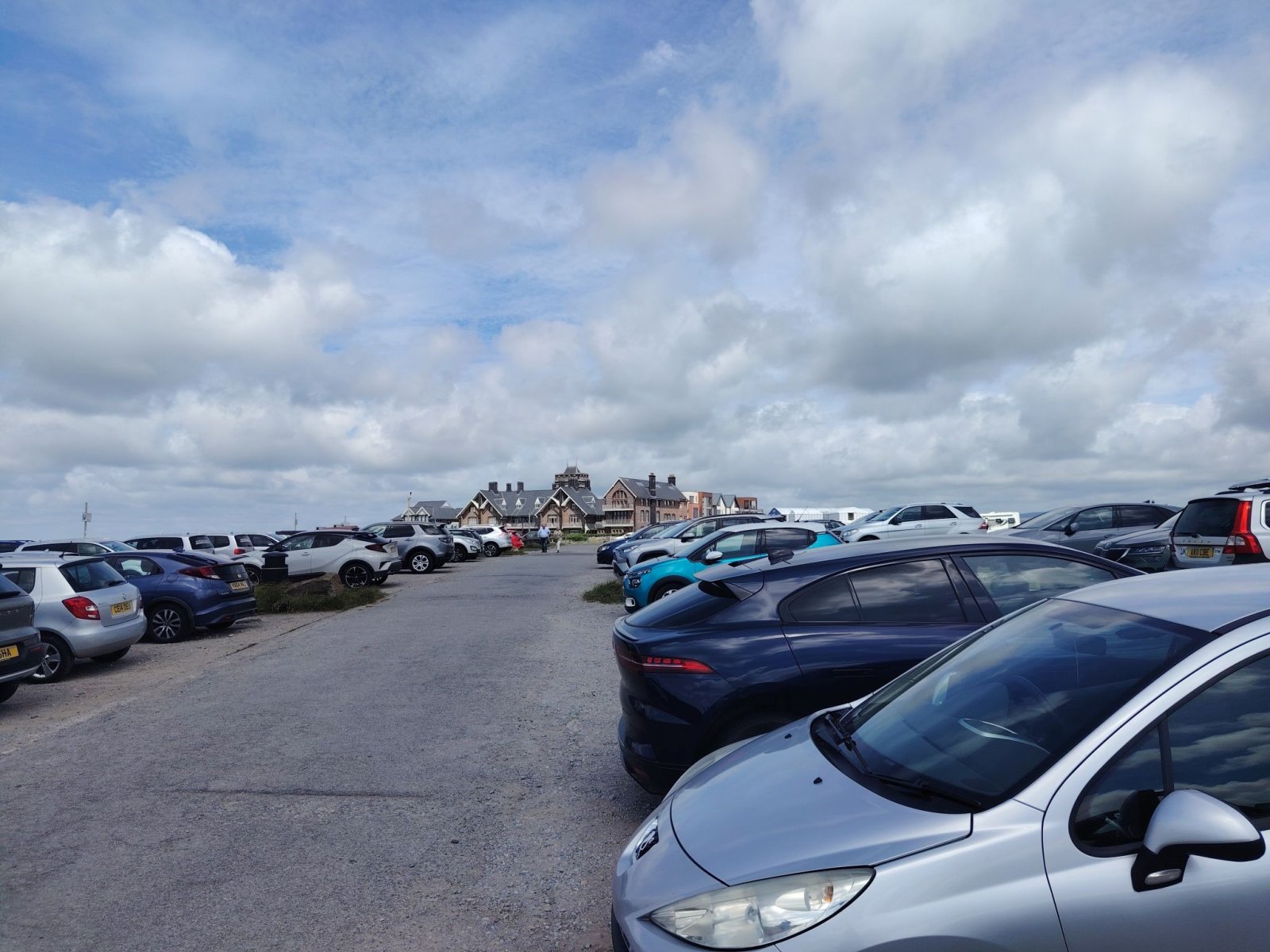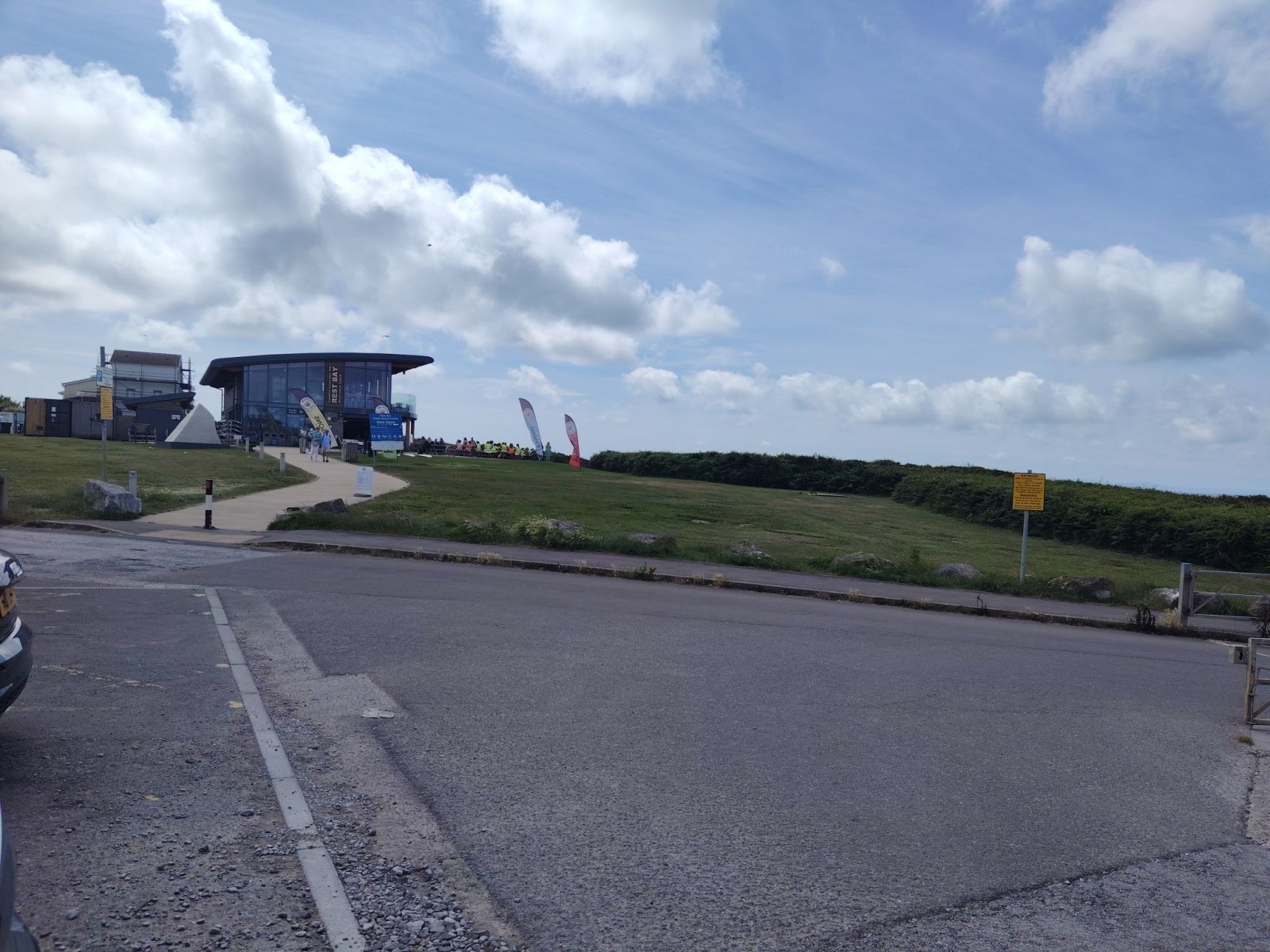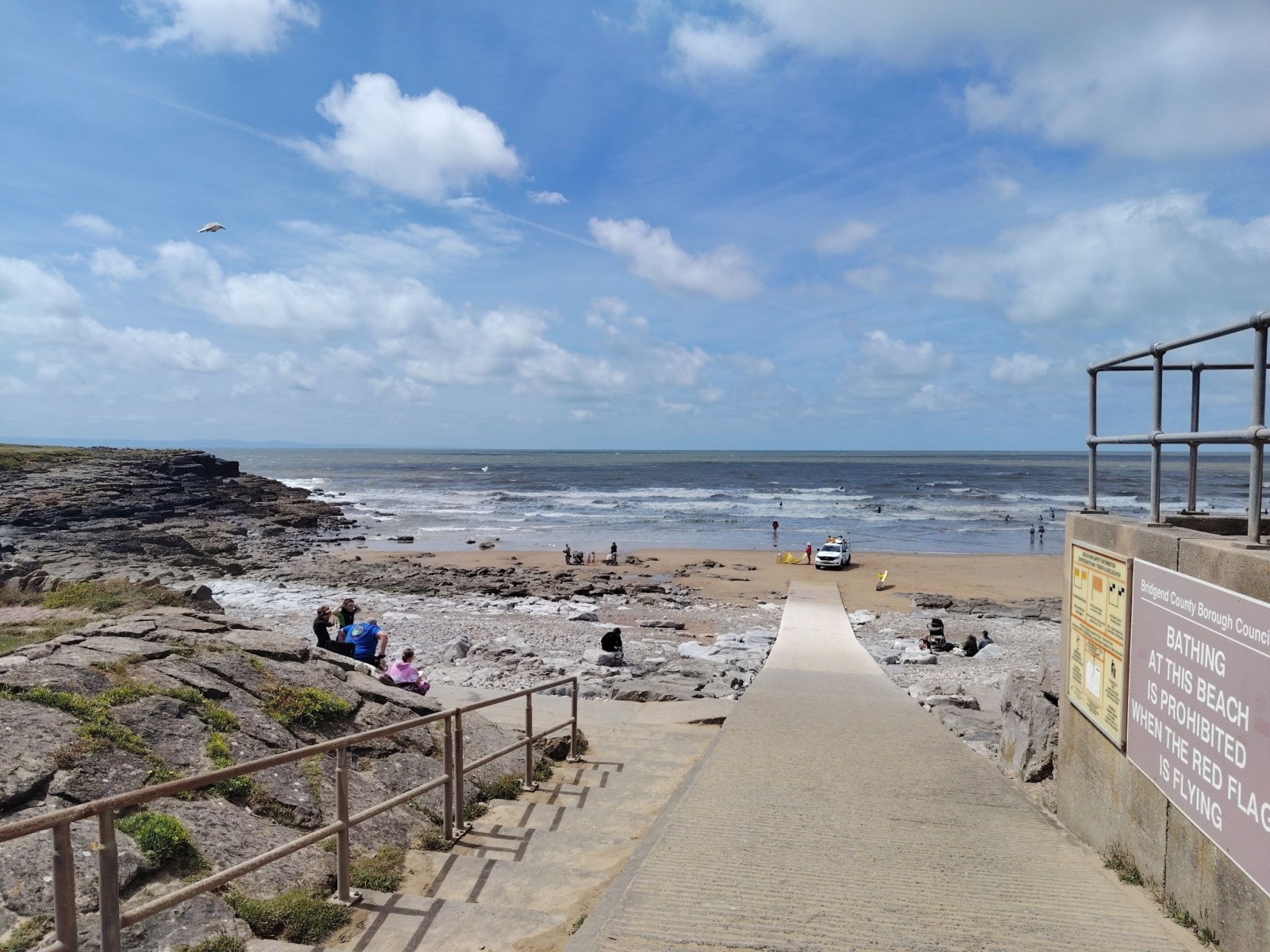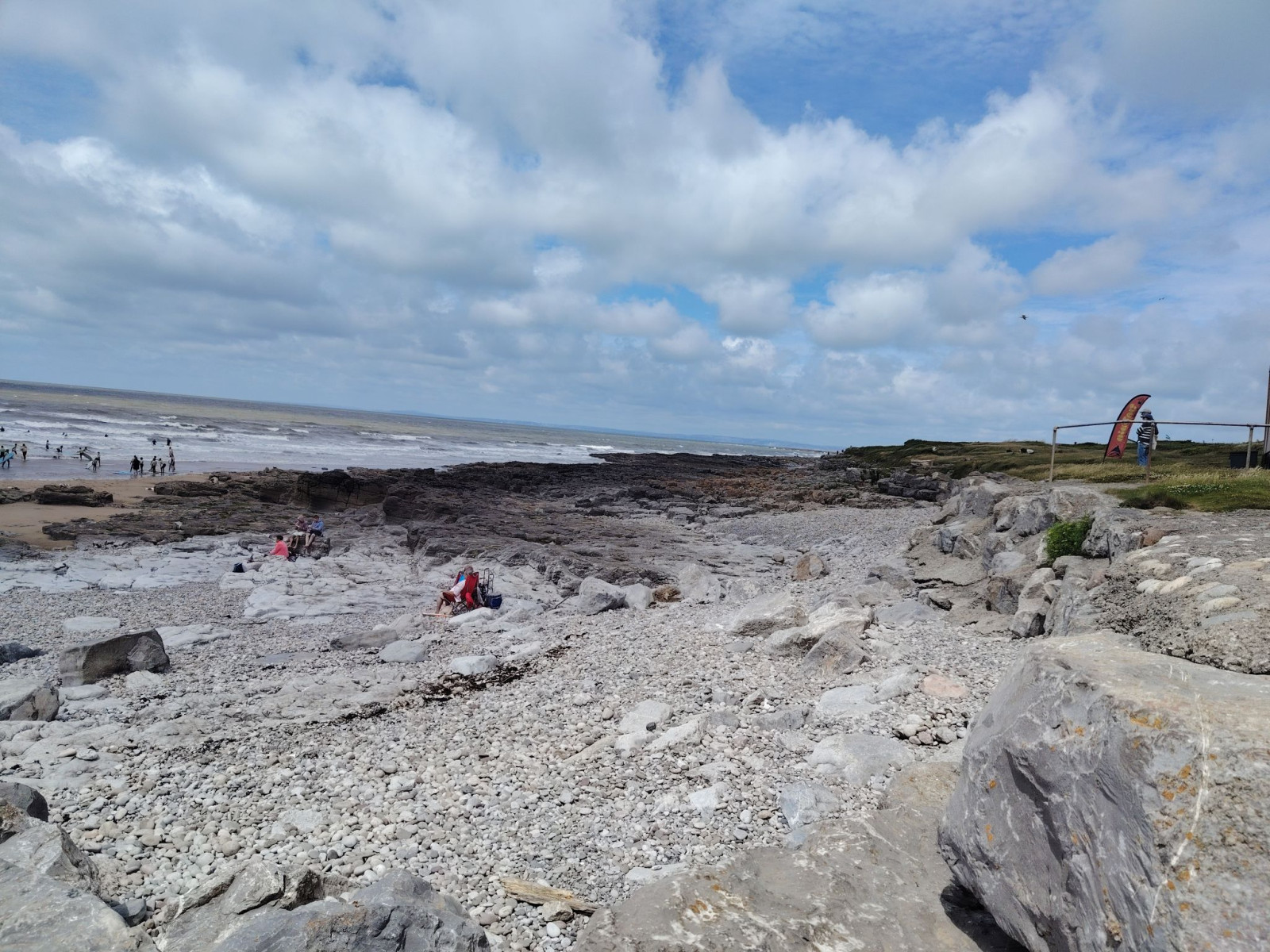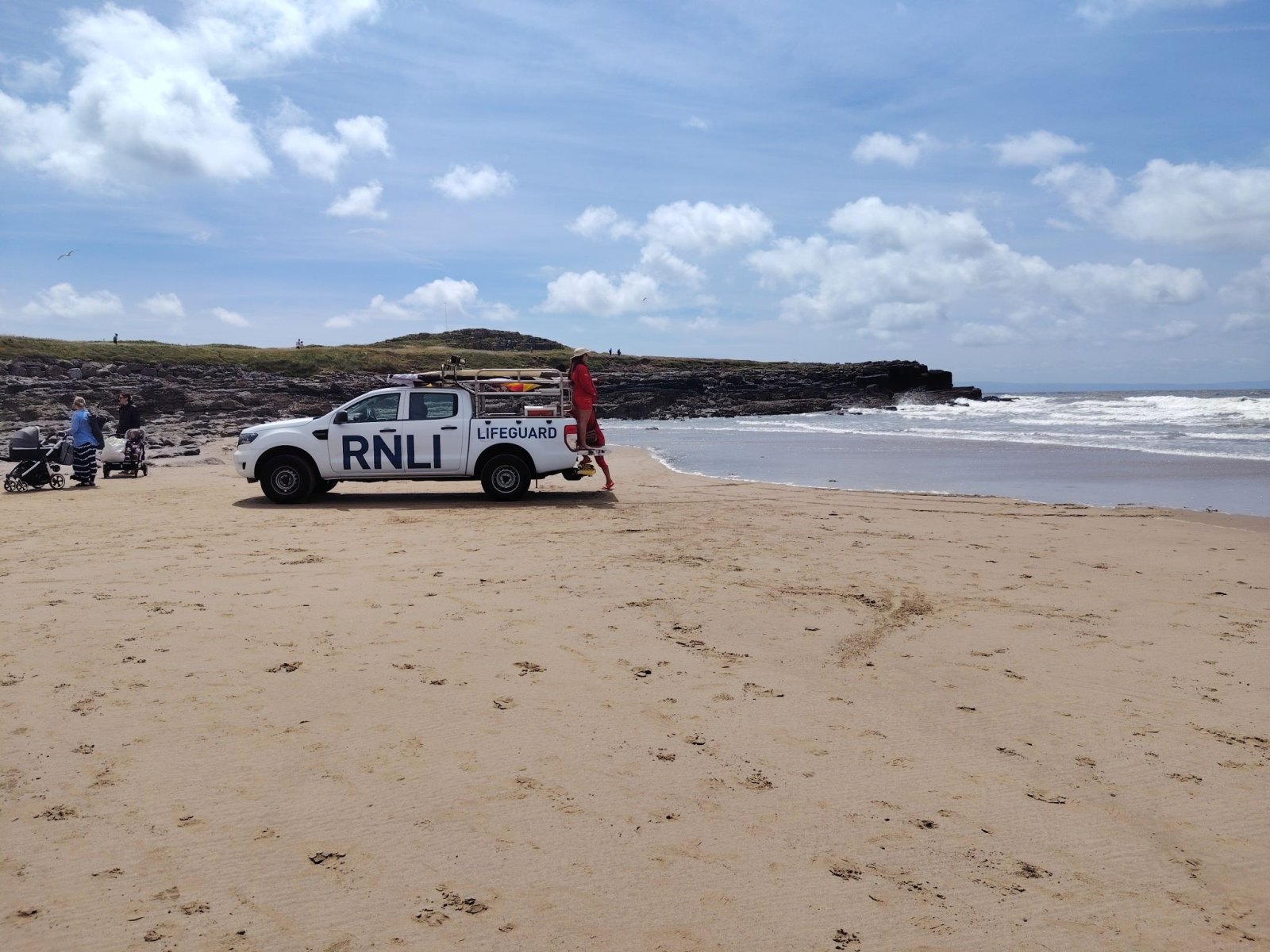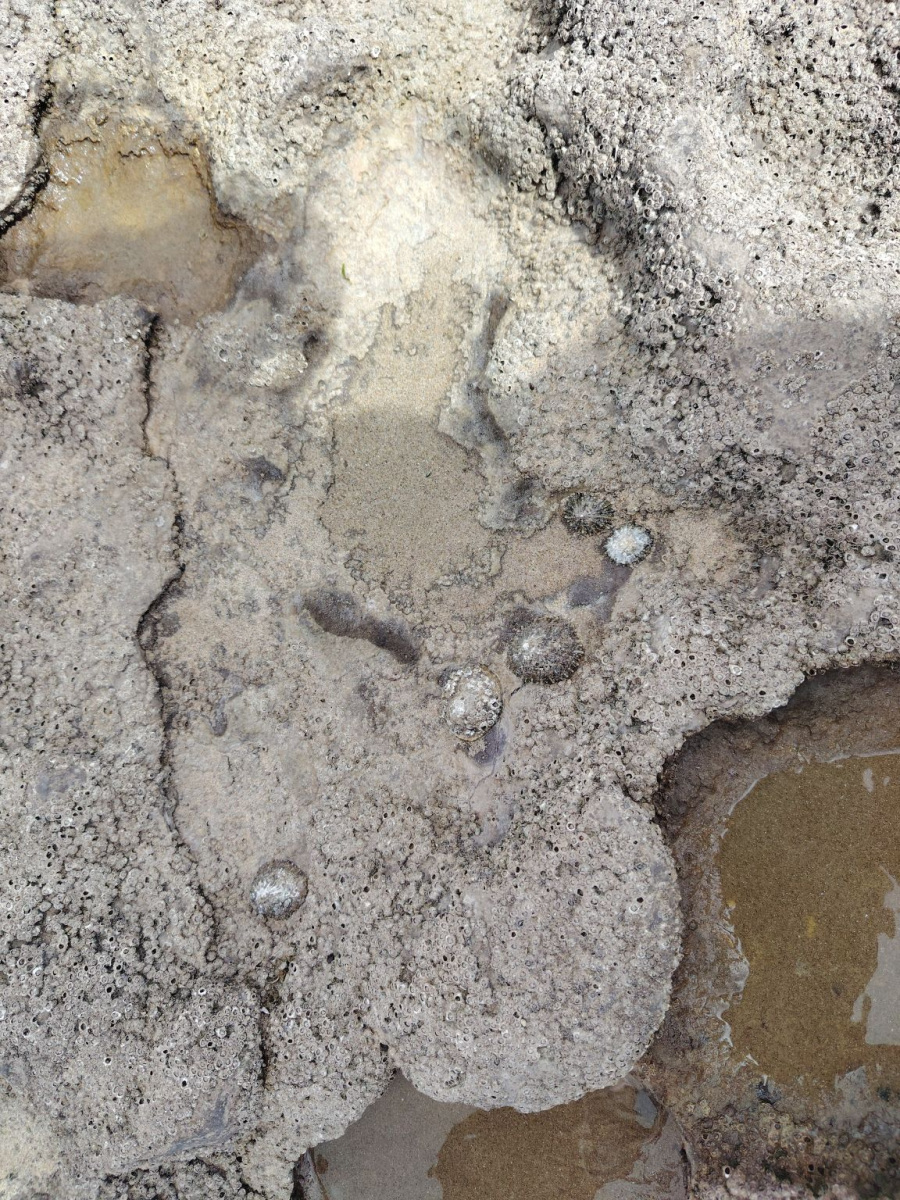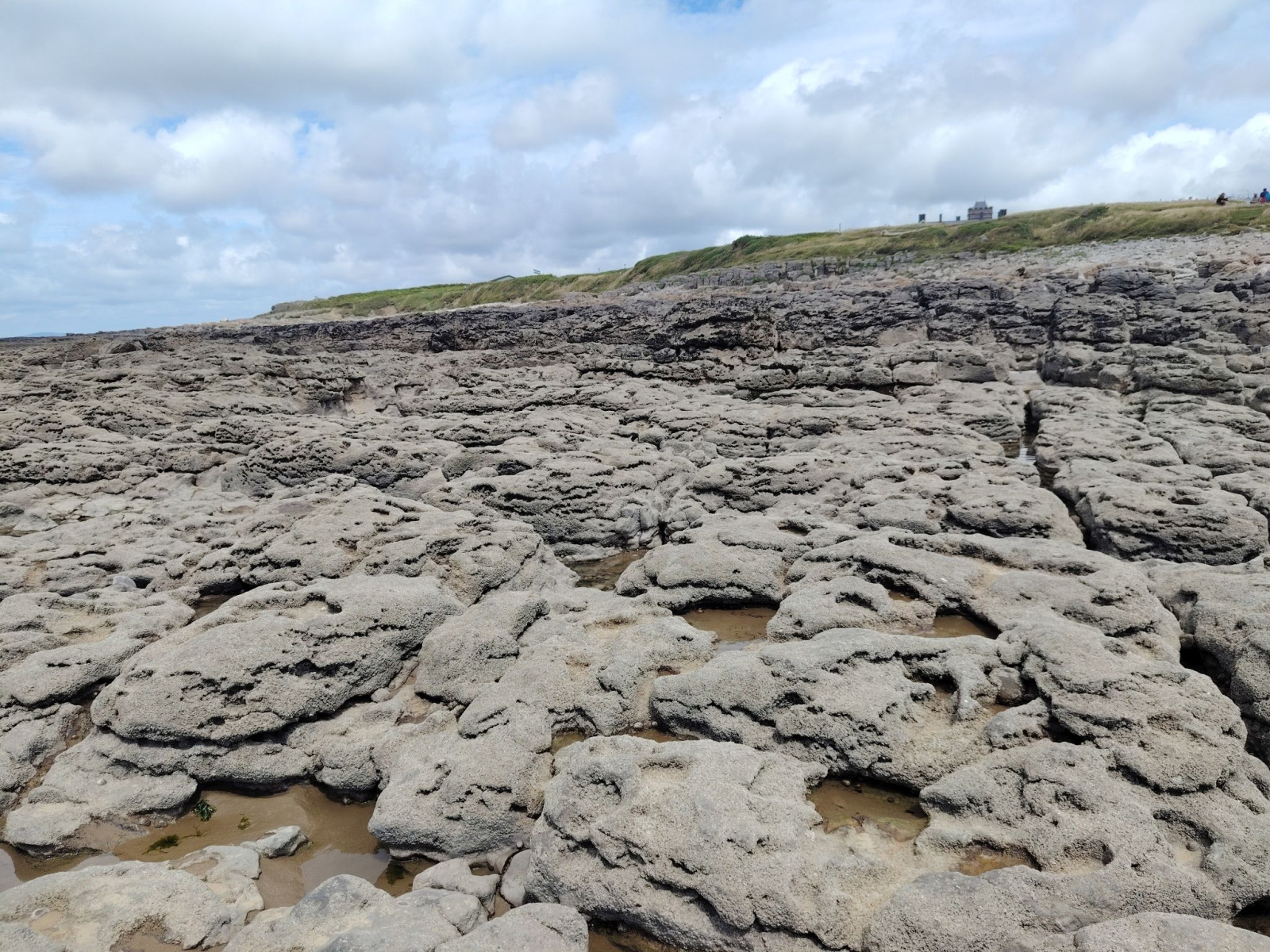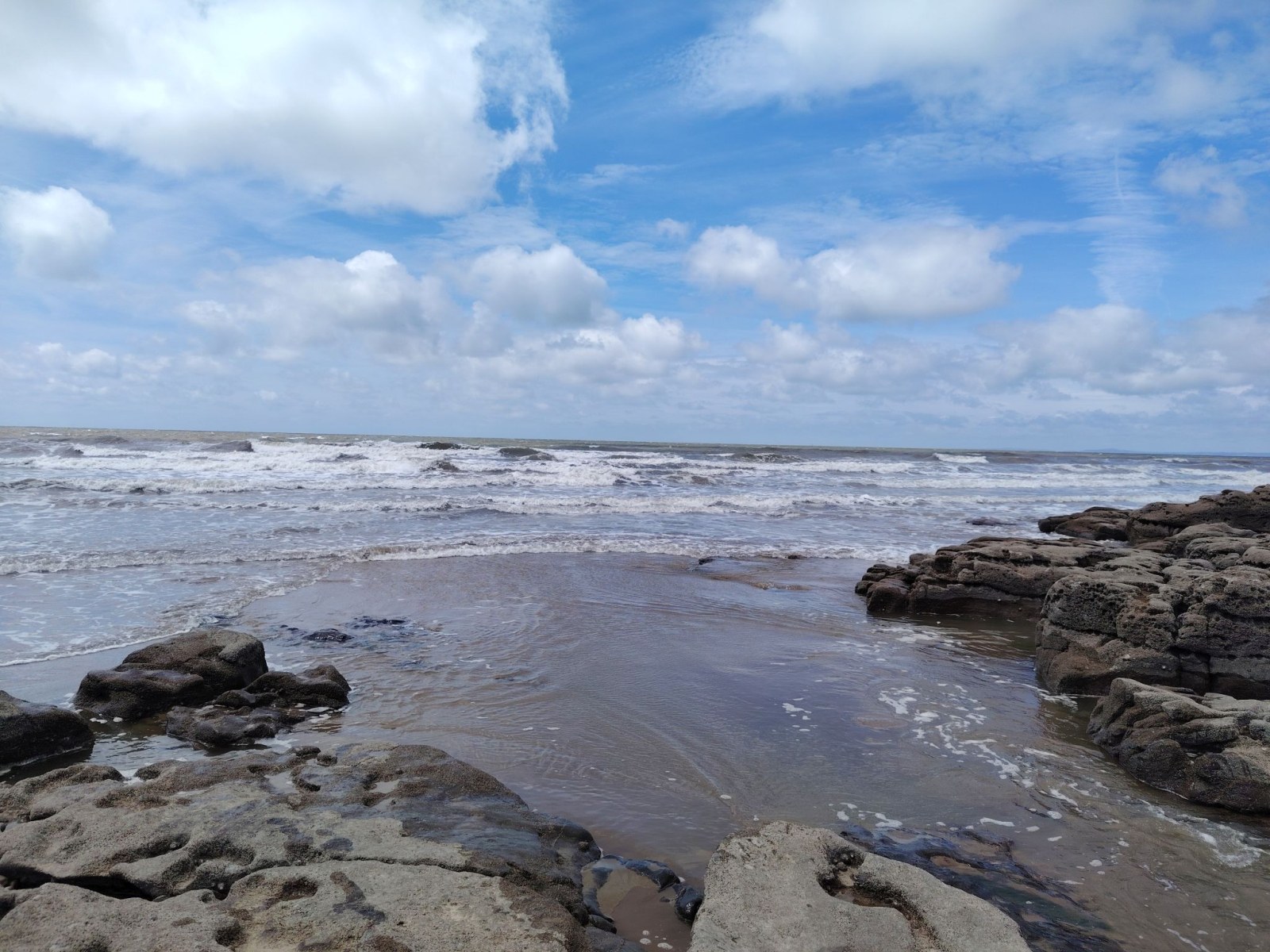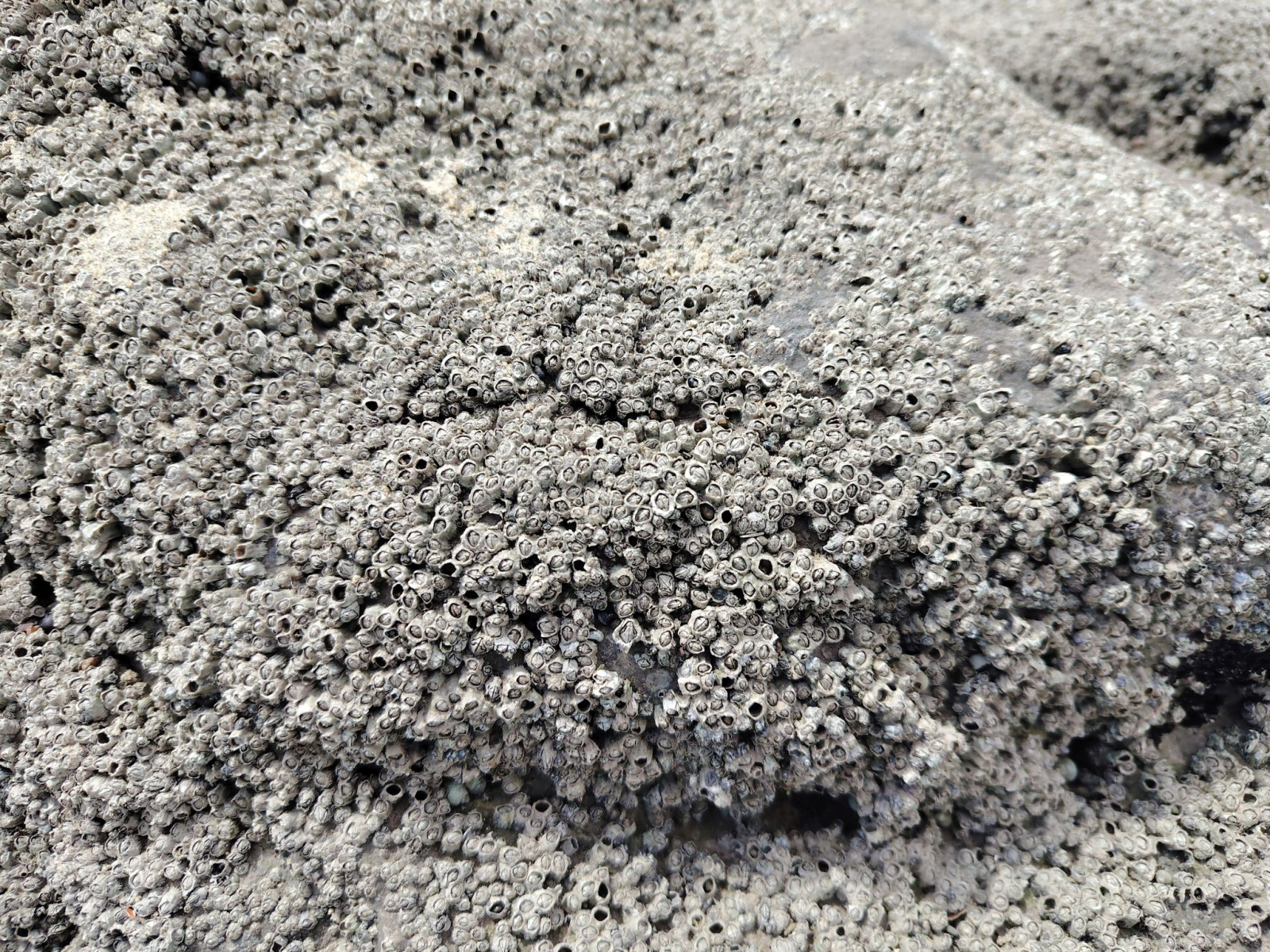Here I am again sitting at the airport. I am currently flying to London and then to the middle of England to visit a couple I love. My employment ended yesterday, and today I will begin my true digital nomad life. It is true that I do not have a job yet, but that does not prevent me from considering myself a doubly official digital nomad. My first official designation was on the back of my Nomad Cruise boarding pass.
I left for the airport at 2:30, arrived here according to the usual schedule: I parked at the parking company (it is always exciting to squeeze into narrow spaces surrounded by cars), they brought me to the airport, I went through security (they now searched my palms and waist for gunpowder traces (but they did not find any!)), I had breakfast, I entered the correct gate. Now I am just waiting to be allowed on the plane. So I have time to start this post, because the plane doesn’t take off until 32 minutes later.
This trip to England provides a good introductory exercise in dealing with the uncertainties hidden in the digital nomad lifestyle, in applying the problem-solving ability. This is England, the rules here are obviously different than elsewhere. And now I’m not just thinking about driving on the left. (By the way, I wanted to mention in my post about Valletta that they drive on the left side of the road there too.) It is a minor inconvenience for the unsuspecting visitor that here we don’t just get off the plane and then jump into England. Here, you have to go through passport control even upon landing. I don’t really understand this, since I had already gone through the same control in Budapest. There and here, the machine scanned my passport, and then a facial recognition system compared my current face with the one in the passport. That is, by the time I could set foot on the holy land of the king, I had already gone through airport security, a passport check and facial recognition, a boarding pass and passport check before the plane, and finally a repeated passport check and facial recognition. No matter what I wanted to do wrong, I don’t think I would have had a chance. I can’t even imagine what would have happened if the routine check in Budapest had found gunpowder traces on my hands or stomach…
After finally leaving the airport after a long queue, the first steps were easy. I quickly got to Luton Airport Parkway station by the so-called DART train. The train arrived for what I expected according to ChatGPT: 4.90 GBP and the trains fly to the destination about every 5 minutes.
Well, the situation at Parkway station was not so rosy, and so was my picture. Based on the AI, I was prepared to get to Bristol from there for 25 GPB. The unpleasant surprise was that the ticket was 90 GBP. I called my friend to help me figure out where the mistake could be. It was then that I realized that the train is so expensive in England that he and his wife, for example, didn’t even travel here much by train. The bus is the recommended solution, it would indeed be available at the price suggested by AI, but it would not be a 2.5-hour trip, but a 6-7-hour one. I took note of this bug and bought the ticket.
The only information on it was that it goes from Luton Airport Parkway to Bristol Parkway. And that I could travel in normal class as an adult. So I stood there with a small piece of paper the size of a business card in my hand and didn’t know where to go. When I visited London last year, the situation wasn’t so complicated: my daughters and I easily got everywhere. Now, either I lack the magic power of girls, or getting from London to Bristol isn’t that easy.
Fortunately, Google helped. Although it’s quite embarrassing that I have to get information this way. The following simple route emerged.
- Luton Airport Parkway – West Hampstead by train
- walk to tube
- West Hampstead – Baker Street by tube
- walk
- Baker Street – Paddington by tube
- walk
- Paddington Station – Bristol Parkway by train
- Bristol – Abertillery by car, I’m picking up my friend in Bristol
So, I had to put a lot of effort into my phone to make this trip go smoothly. Plus, I made a big mistake at home, forgetting to charge my phone before I left. I couldn’t even make up for this lag while sitting in the car. So, by the time I got on the train, my phone was only 7% charged. I would have been in trouble if it had run out.
At that moment, the conductor came up to me, politely asked for my ticket and asked how I was feeling. You know, he’s my best friend. I asked him too, so we mutually assured each other that everything was fine. Watching his face and his tone, I believe him.
It’s obvious that I’m writing on the train, the train that left on time, so I expect it to arrive on time, 50 minutes from now, at 12:02. The train was a little late, and after getting off and greetings we set off for Abertillery, which is located in Wales. It is an hour’s drive from Bristol.
Abertillery
Abertillery is a town and community in Blaenau Gwent County Borough, Wales. It is located in the Ebbw Fach valley, and the historic county of Monmouthshire. Abertillery’s traditional-style town centre mainly developed in the late 19th century and as such has some interesting Victorian architecture. Spread over 4 main streets the town in its heyday had two department stores and a covered Victorian arcade linking two of the main shopping areas.
Major industry came to the area in 1843 when the locality’s first deep coal mine was sunk at Tir Nicholas Farm, Cwmtillery. The town developed rapidly thereafter and played a major part in the South Wales coalfield. Its population rose steeply, being 10,846 in the 1891 census and 21,945 ten years later. The population peaked just short of 40,000 around the beginning of the 1930s. Eventually there were six deep coal mines, numerous small coal levels, a tin works, brick works, iron foundry and light engineering businesses in the area. Just one of the coal mines, Cwmtillery, produced over 32 million tons of coal in its lifetime and at its height employed 2760 men and boys.
The Welsh language
Everything is written in two languages here, as the official languages are English and Welsh. I read a little about the language, and it was also interesting to see the inscriptions. I will show you a few examples to show the uniqueness of this language.
Basic greetings and courtesies
- Helo – Hello
- Sut wyt ti? – How are you? (friendly)
- Sut ydyth chi? – How are you? (polite)
- Da iawn, diolch. – Very well, thank you.
- Diolch yn fawr. – Thank you very much.
- Croeso. – Welcome / Welcome
- Hwyl fawr! – Goodbye!
- Nos da. – Good night
Basic communication
- Dwi ddim yn deall. – I don’t understand.
- Wyt ti’n siarad Cymraeg? – Do you speak Welsh?
- Dwi’n dysgu Cymraeg. – I am learning Welsh.
- Beth yw dy enw di? – What is your name?
- Fy enw i ydy… – My name is…
Places and directions
- Ble mae’r ár ár trésor dren? – Where is the train station?
- Mae’n agos. – It is close.
- Mae’n bell. – It is far.
- Trowch i’r dde. – Turn right.
- Ewch yn syth ayf. – Go straight ahead.
Expressions of feelings, opinions
- Dwi’n hoffi coffi. – I like coffee.
- Dwi’n caru ti. – I love you.
- Mae’n braf heddiw. – The weather is nice today.
- Mae gen i ofn. – I am afraid.
- Dwi’n hapus. – I am happy.
A little bit of fun (Welsh national saying)
- Cymru am byth! – Wales forever!
On Tuesday, the first day, we wandered around the city a bit, but we spent more time talking. There were plenty of topics to talk about, so the day simply ended.
Túra a hegyekben
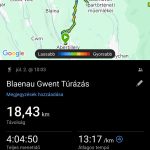
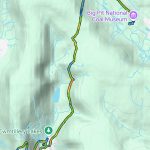
We set off for the hike in very good weather. It was a trip in shorts and a T-shirt. The hike started right after stepping out into the street. I can honestly say that by the time we reached the end of the village, I felt sufficiently warmed up. Also, the air seemed to be scarce. We then had to fight our way up a fairly high mountain. However, the beauty of the landscape – as they say – made up for everything. This country is beautiful, I can now say this based on experience.
We didn’t meet many people during the hike. We ran into a man and his three dogs at the beginning, this was near Abertillery. Needless to say, we also exchanged a few words with the complete stranger.
On the other side of the mountains we were in a very frank little pub, where we drank cider. Let’s say I also had a Guinness.
Then we arrived in the bright sunshine at the Big Pit mining museum. Here, after a little waiting and resting, they took us underground, about 100 meters deep. We were given a lamp before descending. Also, they took away all devices capable of causing sparks from us. My watch and phone had to be handed over. This is simply a very serious precaution due to the risk of explosion. In vain, methane is no joke. In fact, we were all given a gas mask to use against carbon monoxide poisoning. And down below, we had to follow a lot of rules.
We learned a lot about the history and importance of mining in the area. Abertillery was an important coal mining centre in South Wales in the 19th and 20th centuries. The town’s rapid growth was linked to the coal industry and the mines. There were several coal mines in the Abertillery area, such as the Six Bells Colliery. Tens of thousands of people worked in the mines, which were the engines of the British Industrial Revolution. From the 1960s onwards, the coal industry began to decline and the mines closed one after another. Today, Abertillery commemorates its industrial heritage with museums and memorials, such as the Six Bells Miners’ Memorial. (Roedd Abertyleri yn ganolfan bwysig ar gyfer glofeydd yn ne Cymru yn ystod y 19eg a’r 20fed ganrif. Tyfodd y dref yn gyflym oherwydd y diwydiant glo a’r pyllau glo. Roedd sawl pwll glo yn ardal Abertyleri, megis Pwll Glo Six Bells. Roedd degau o filoedd yn gweithio yn y pyllau, oedd yn bwerus yn ystod Chwyldro Diwydiannol Prydain. Dechreuodd y diwydiant glo ddirywio o’r 1960au ymlaen, ac fe gaewyd y pyllau glo un ar ôl y llall. Heddiw, mae Abertyleri yn cofio ei hetifeddiaeth ddiwydiannol gyda hamgueddfeydd a chofadeiliau, megis cofeb y glowyr yn Six Bells.)
We spent quite a bit of time underground in the mine. We tried out what total darkness was like when everyone turned off their lights. We didn’t want to try it, but we had the opportunity to feel the hardness of the rocks, and to be thankful that we had helmets on our heads. We had the opportunity to think about how hard a miner’s life must have been. Especially if he was a small child…When we got back to the surface, we visited the mining museum. The list of attractions is very carefully put together. They guided us very nicely through every layer of mining life.
We took a different route on the way home, so I only had to think about the consequences of coughing up blood twice. Despite this, I didn’t regret making this trip for a minute. The scenery was beautiful, the company was good, the sights were interesting, and overall the day was filled with very good things.
We didn’t have to take a nap in the evening.
Relaxation
We spent Thursday carefully exploring the city. But gastronomy also took its place. I got to know some of the products of the Mr. Kipling company. I ate Flap Jack, French Fancies, and all sorts of other interesting things. Again, it was no surprise that the salespeople were nice to us in the shops everywhere. All this despite the fact that, based on the peculiarities of the history of the place, people have their own reasons for turning inward. They can still be nice to each other.
In addition to wandering, we basically dedicated the day to friendship. It was as if we had a thousand other topics to discuss. The atmosphere of the evening was somehow especially floating – everything slowed down, and laughter came somehow more easily. Something green inspired us that day – thoughts flowed more freely than usual. The night had a strange depth and serenity – as if the world had become quieter, but at the same time funnier. It was as if reality had softened a little – all tastes, colors, and sounds had somehow become more vivid. The closeness of nature and the cheerfulness of the company brought an evening that we will remember with a smile for a long time. Light clouds floated through our thoughts – we talked, listened, and everything fell into place.
Our day started off leisurely on Friday. We went to Porthcawl around noon. Porthcawl is located in the south of Wales and is located on the Atlantic coast, more precisely on the shore of the Bristol Channel, which is a tributary of the Atlantic Ocean. That is, – according to my most accurate memories – today I swam in an ocean for the first time in my life. I was not prepared for this, I am now facing this experience, as I described.
When we reached the ocean shore, I was quite cold. Then we bravely threw ourselves into the salt water, where it soon turned out that the air was colder than the water. We enjoyed the power of the waves for half an hour, the fact that sometimes we drifted like paper boats. When we got out of the water, the air was already warm.I’m finishing writing now. Today we still have a sea-eye trip and dinner to do. Tomorrow we have a joint program in Bristol, but then I have to think about how to get back to London somehow.
Tomorrow at midnight I’ll be back in Hungary. I don’t know if I’ll wait…
